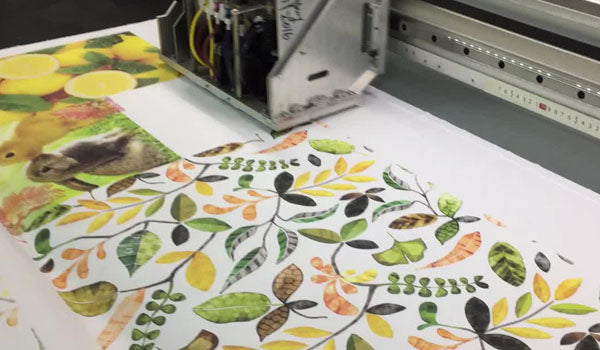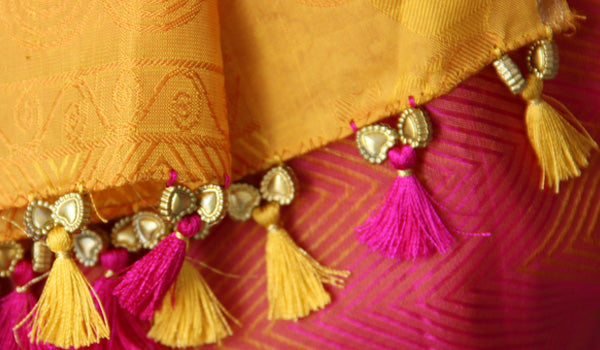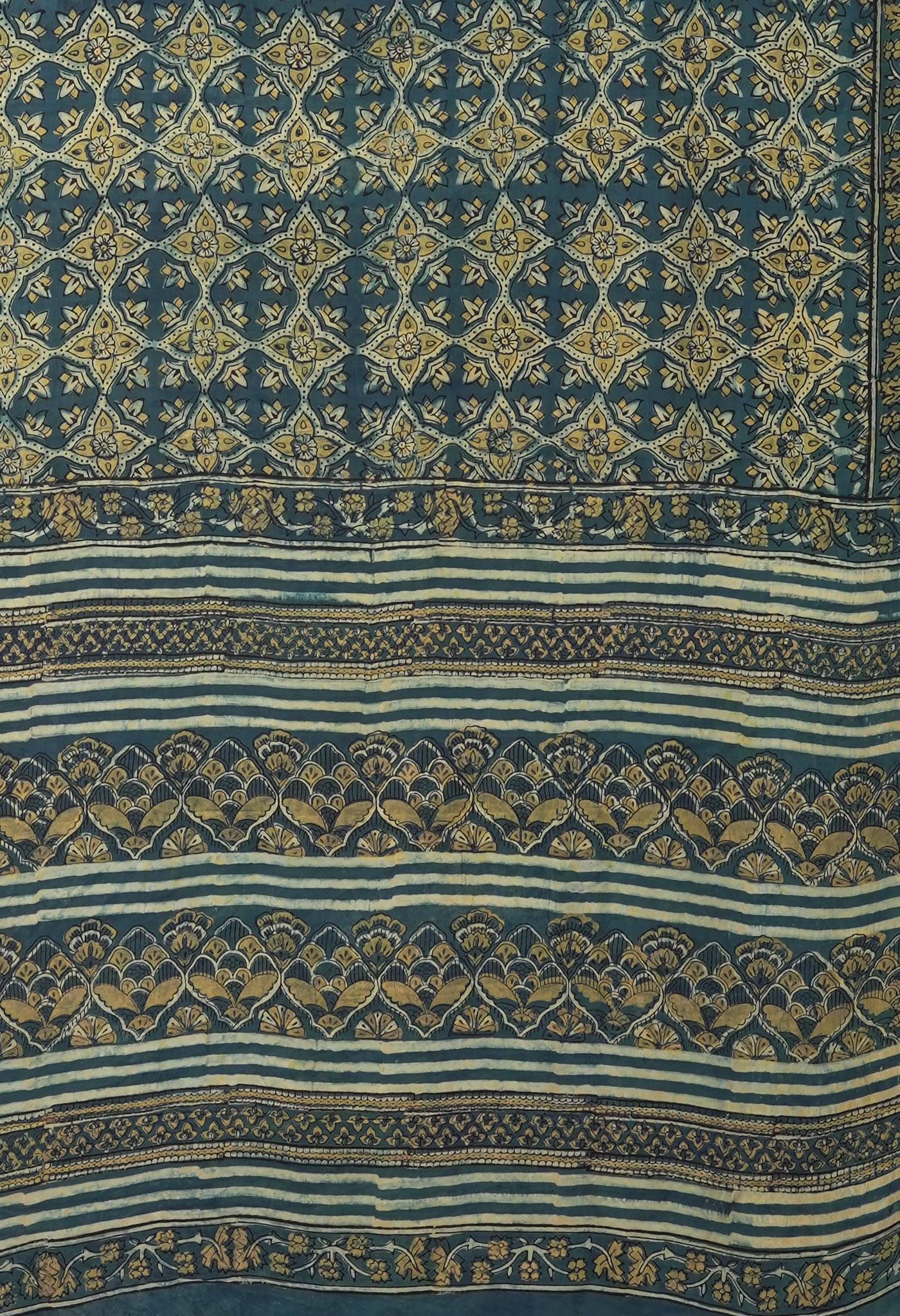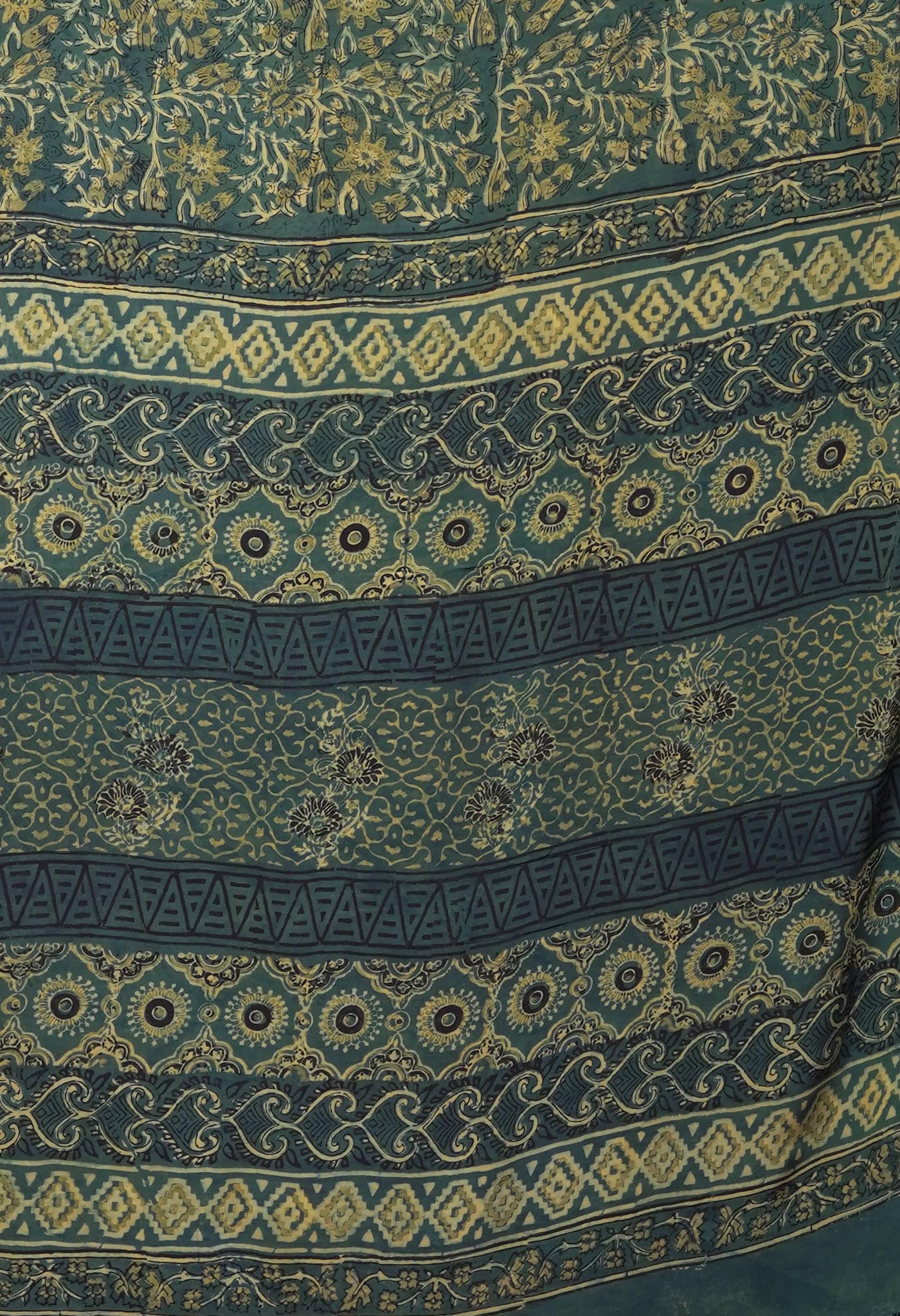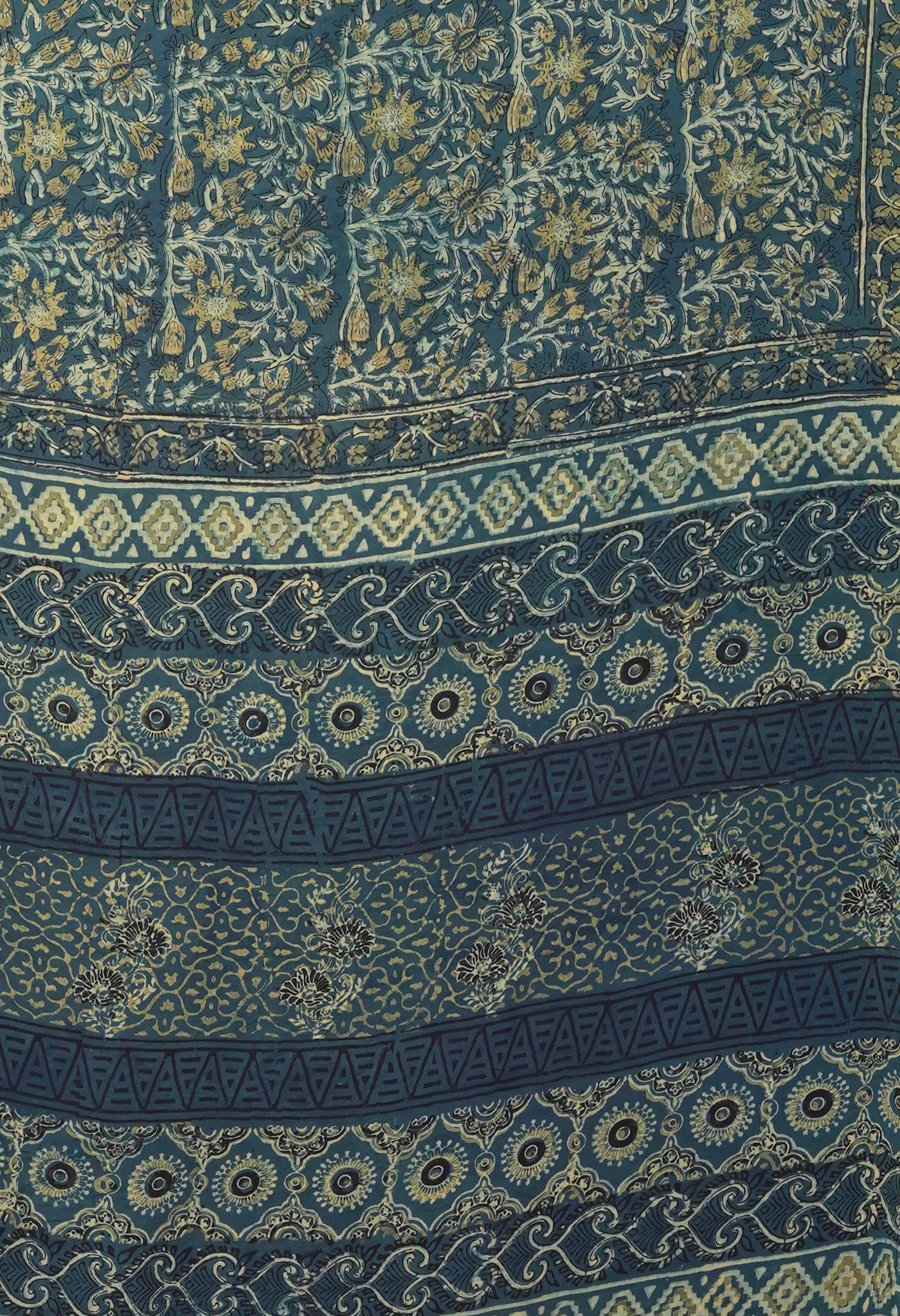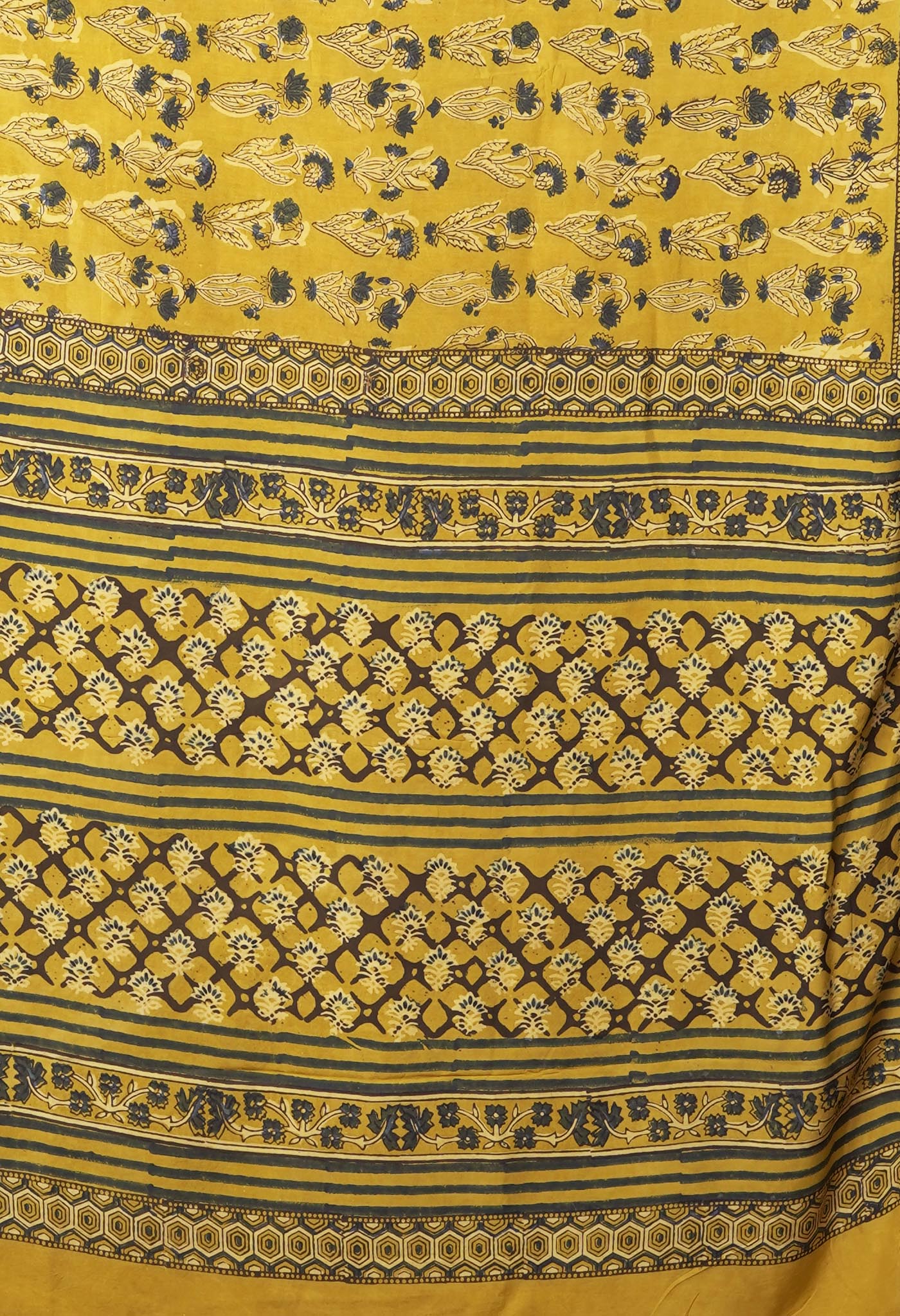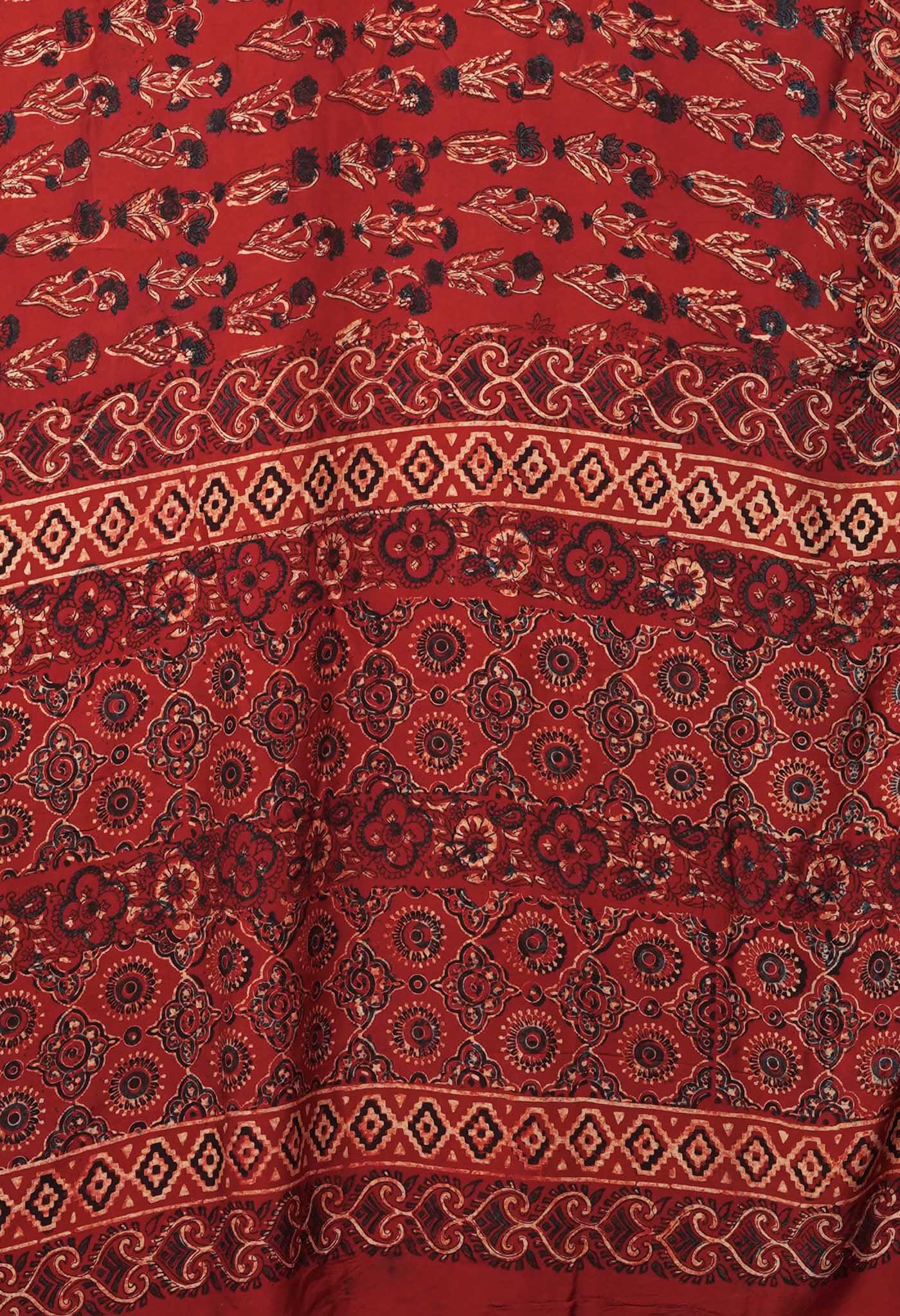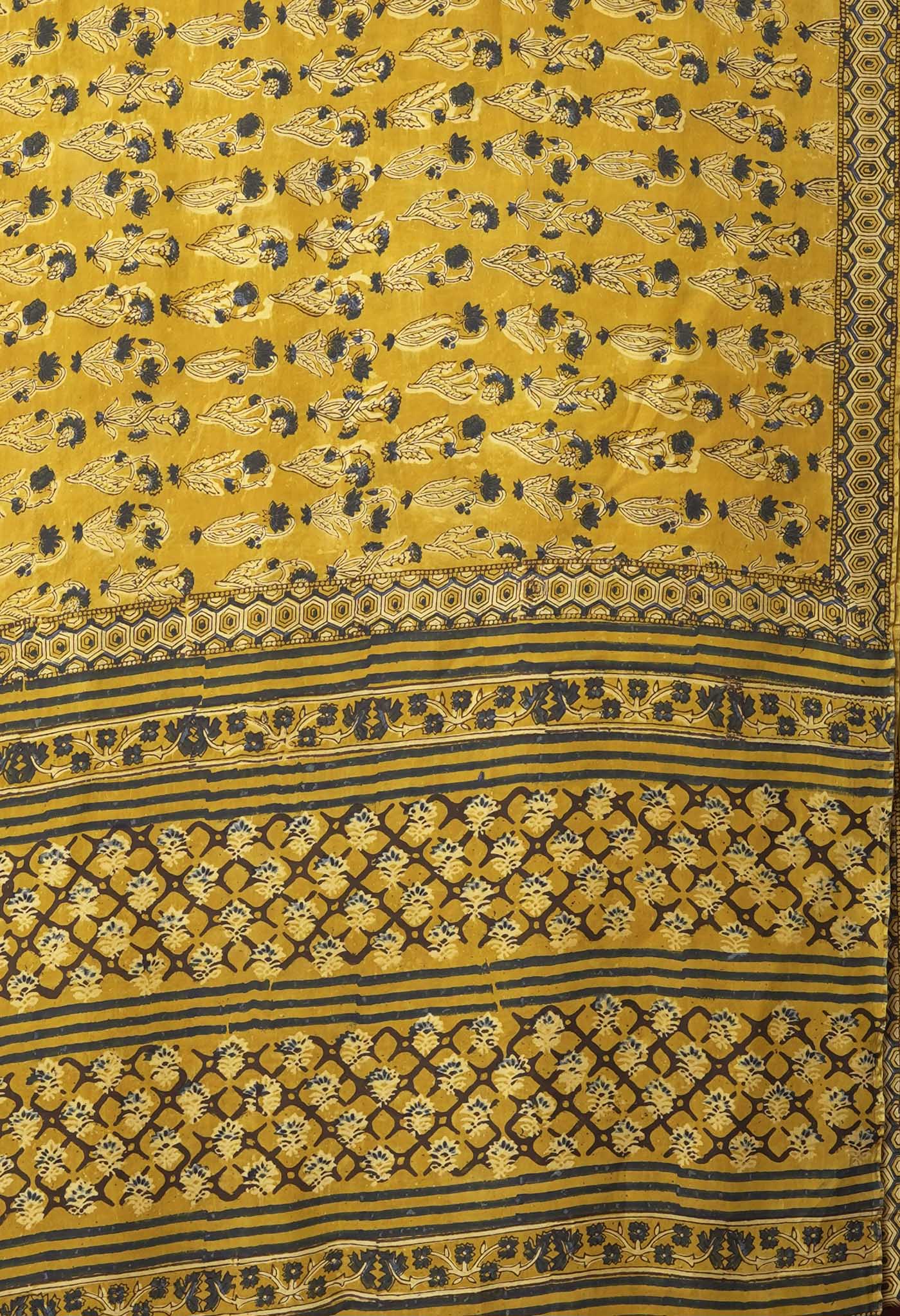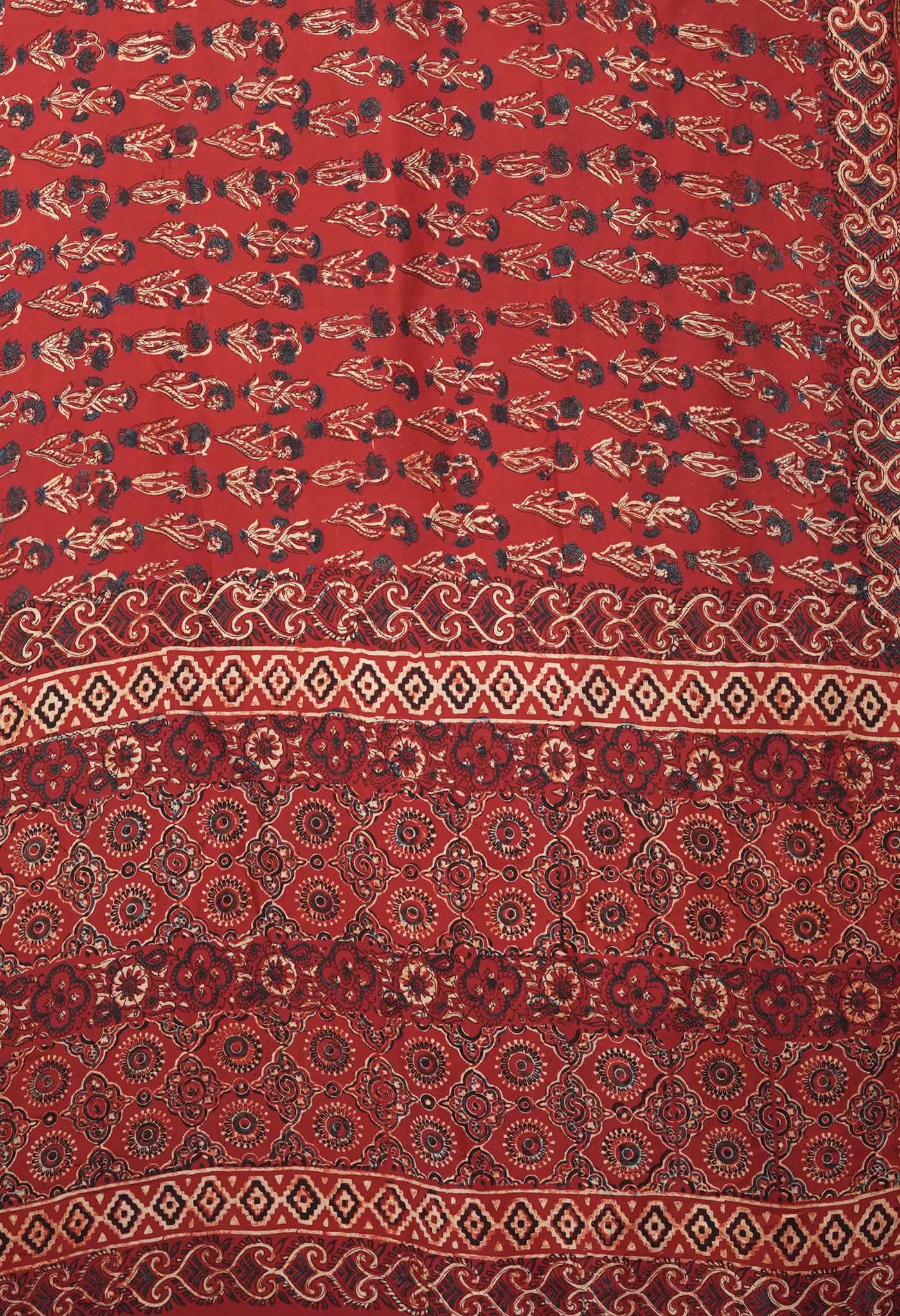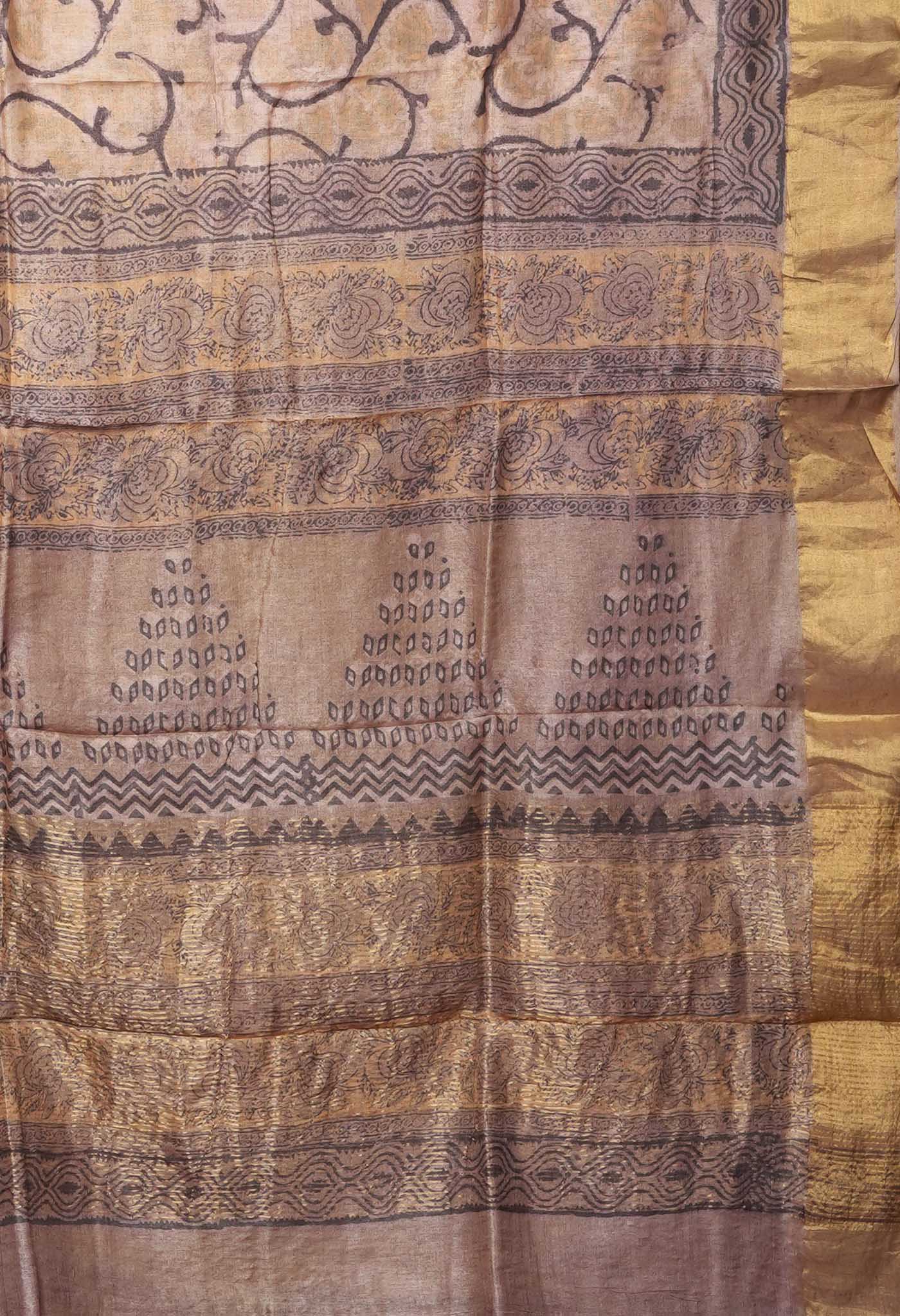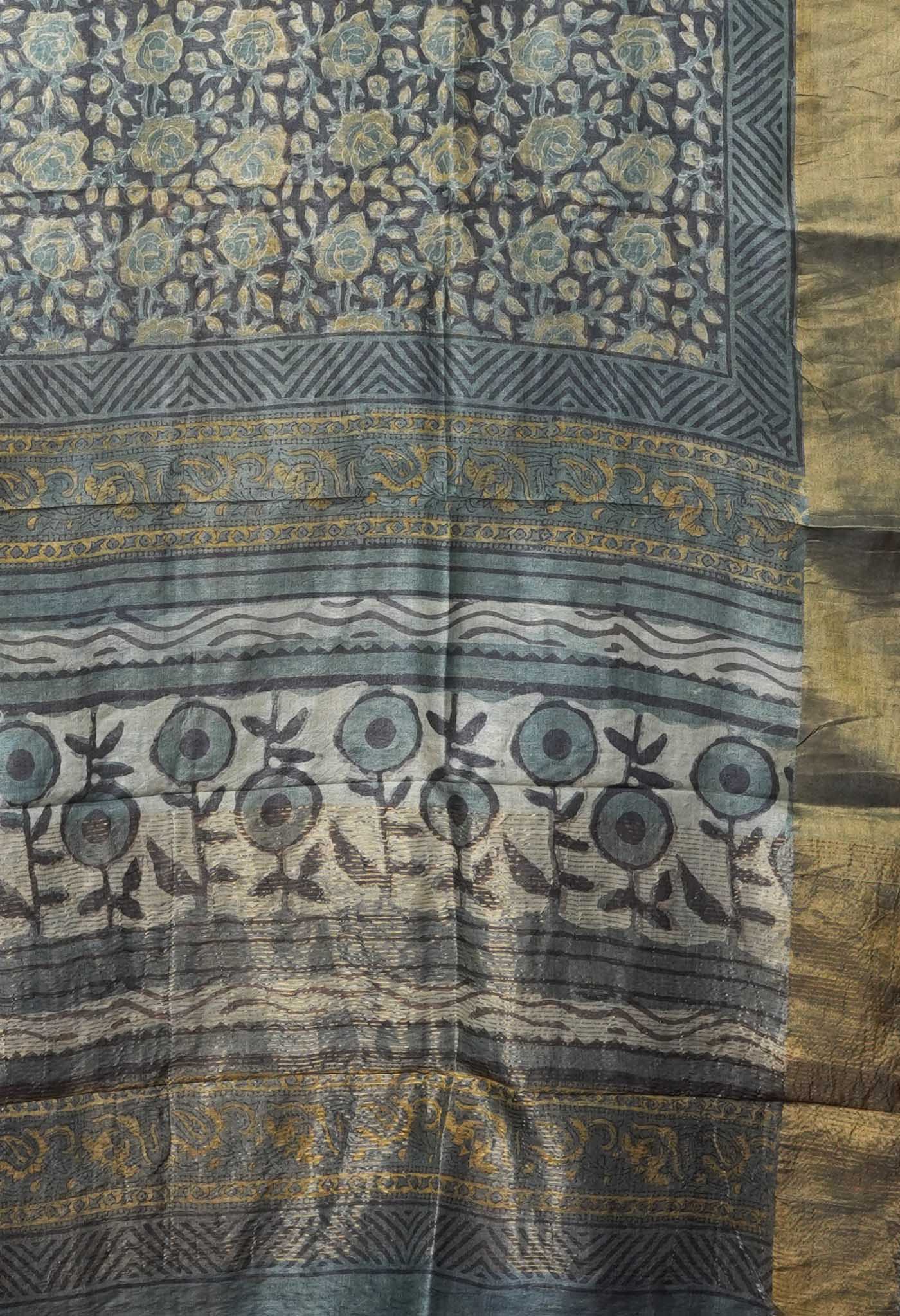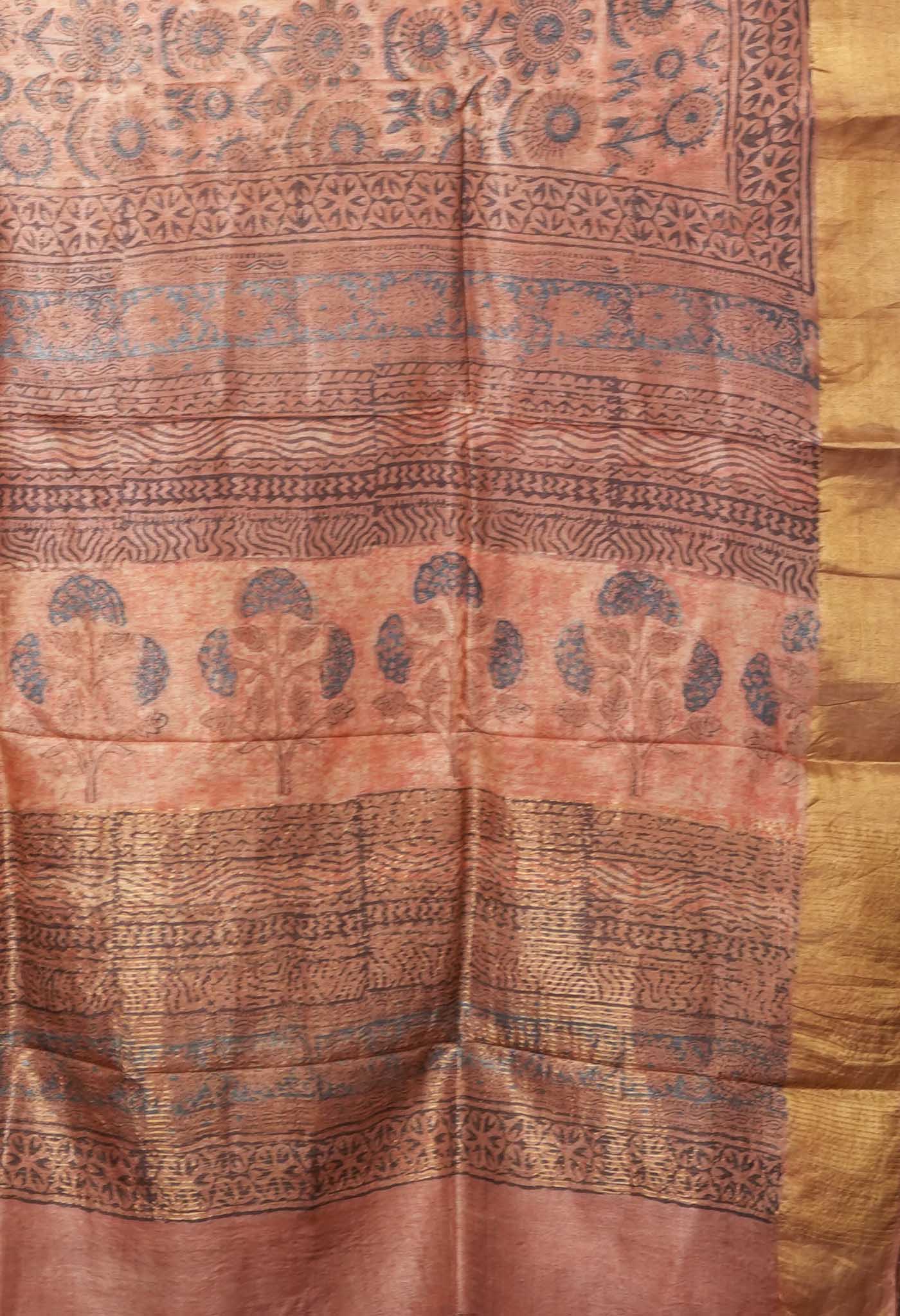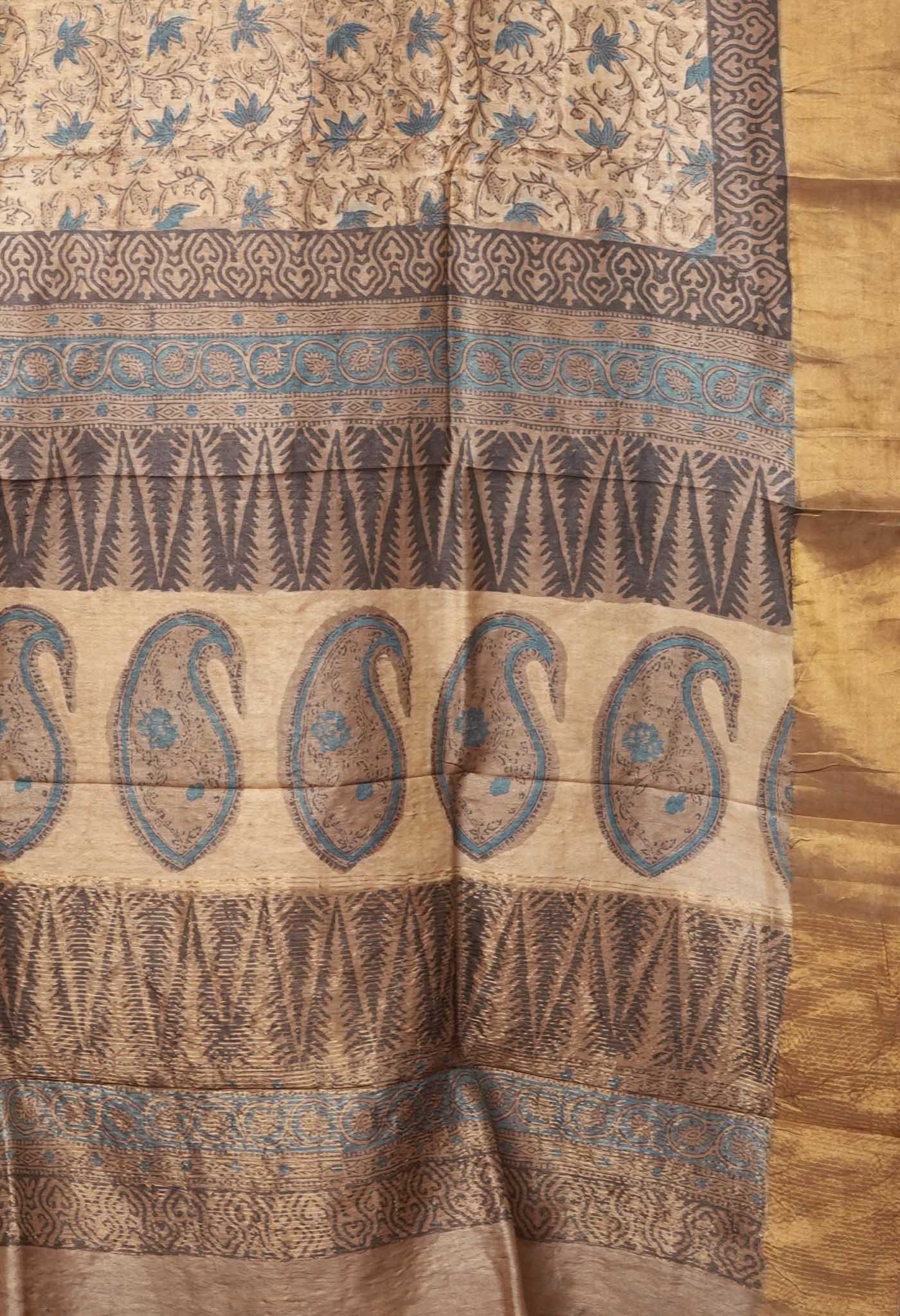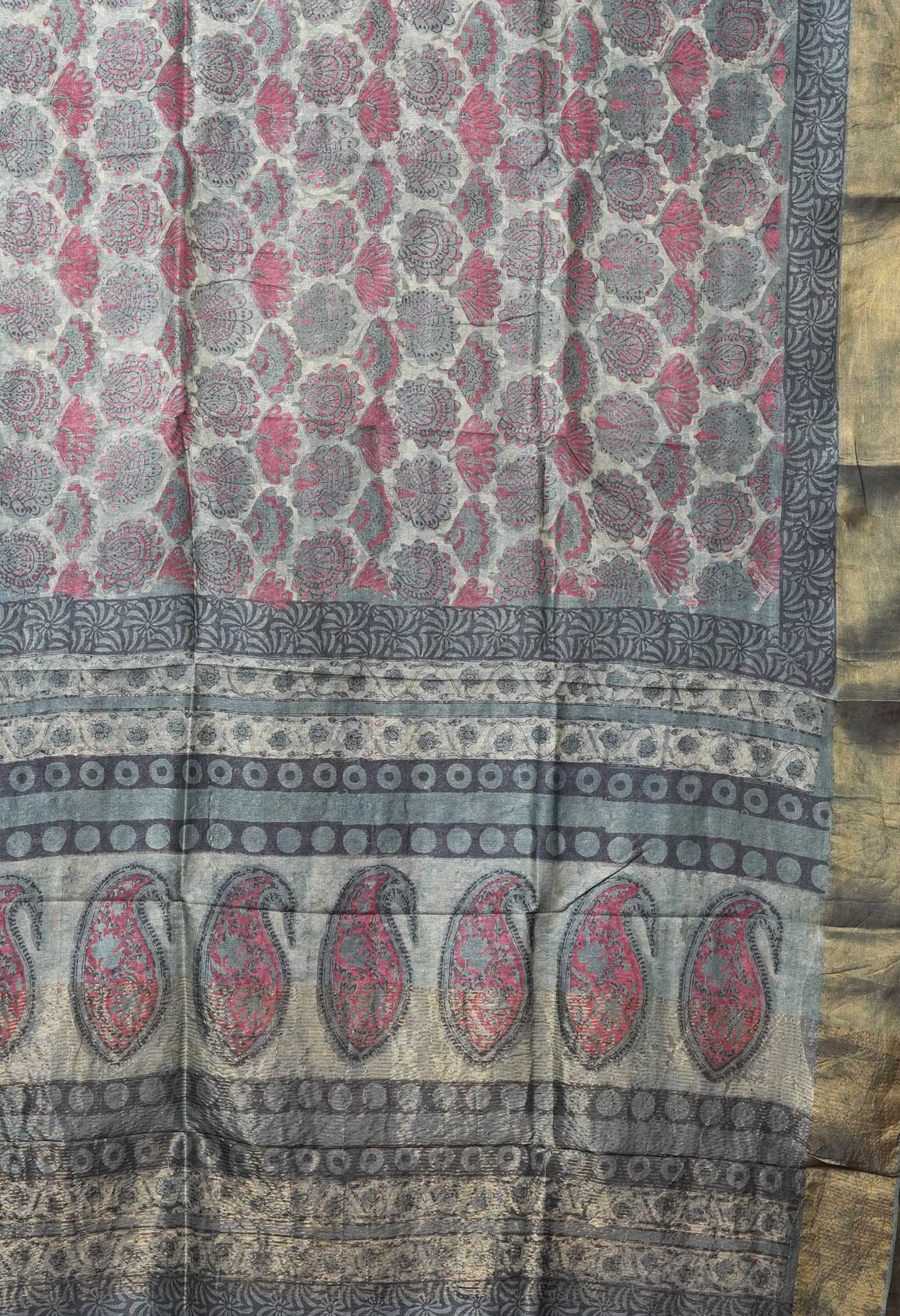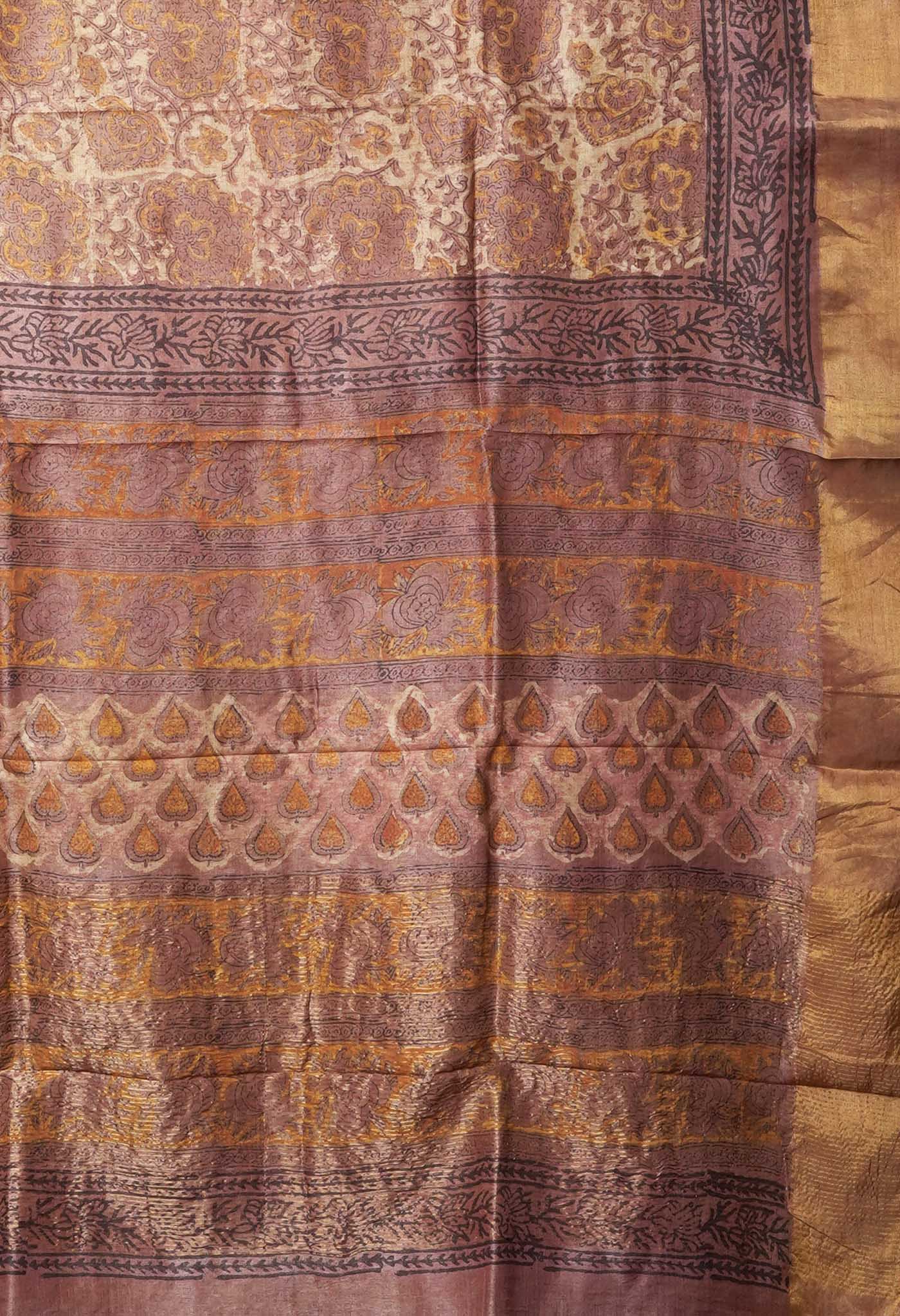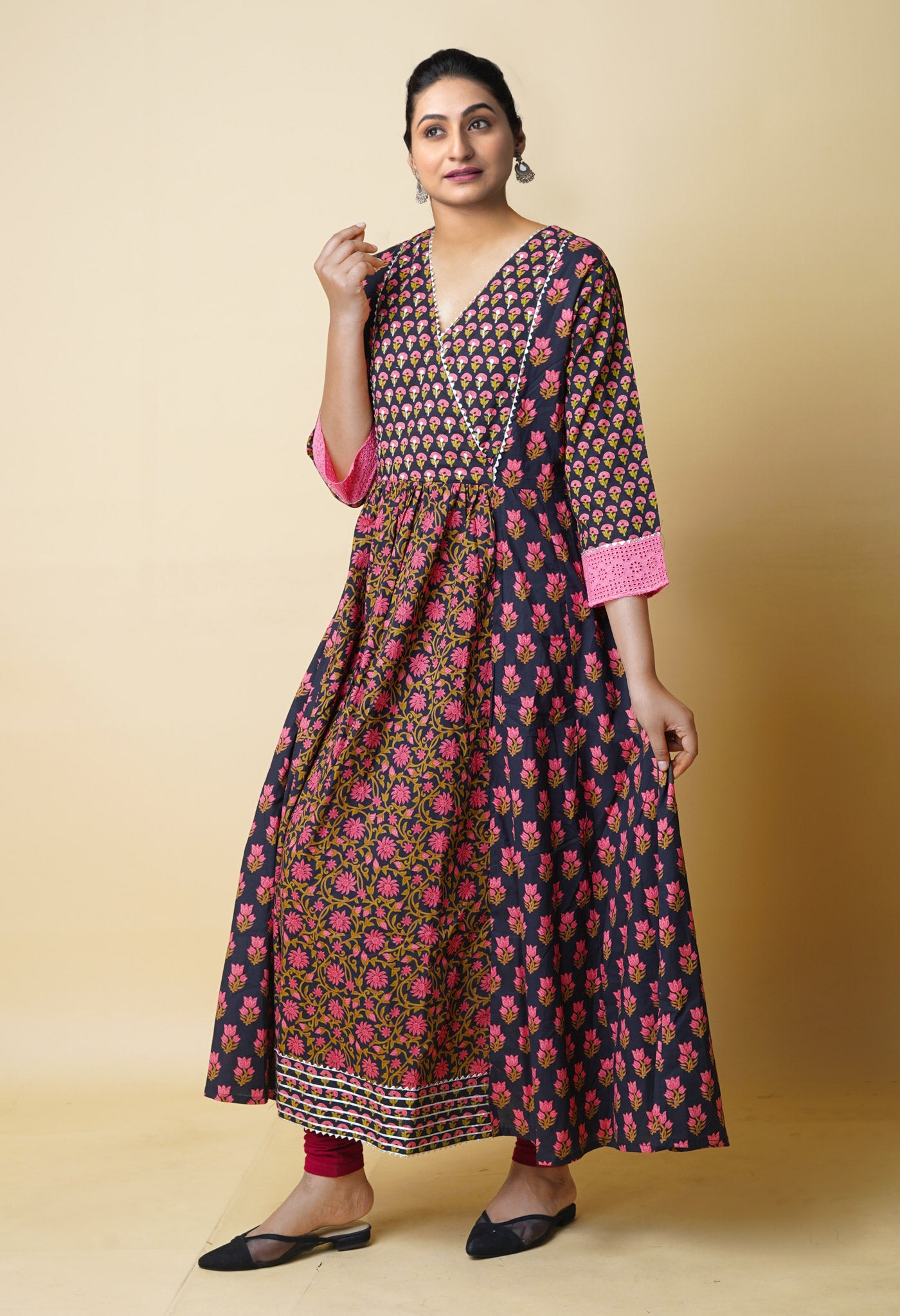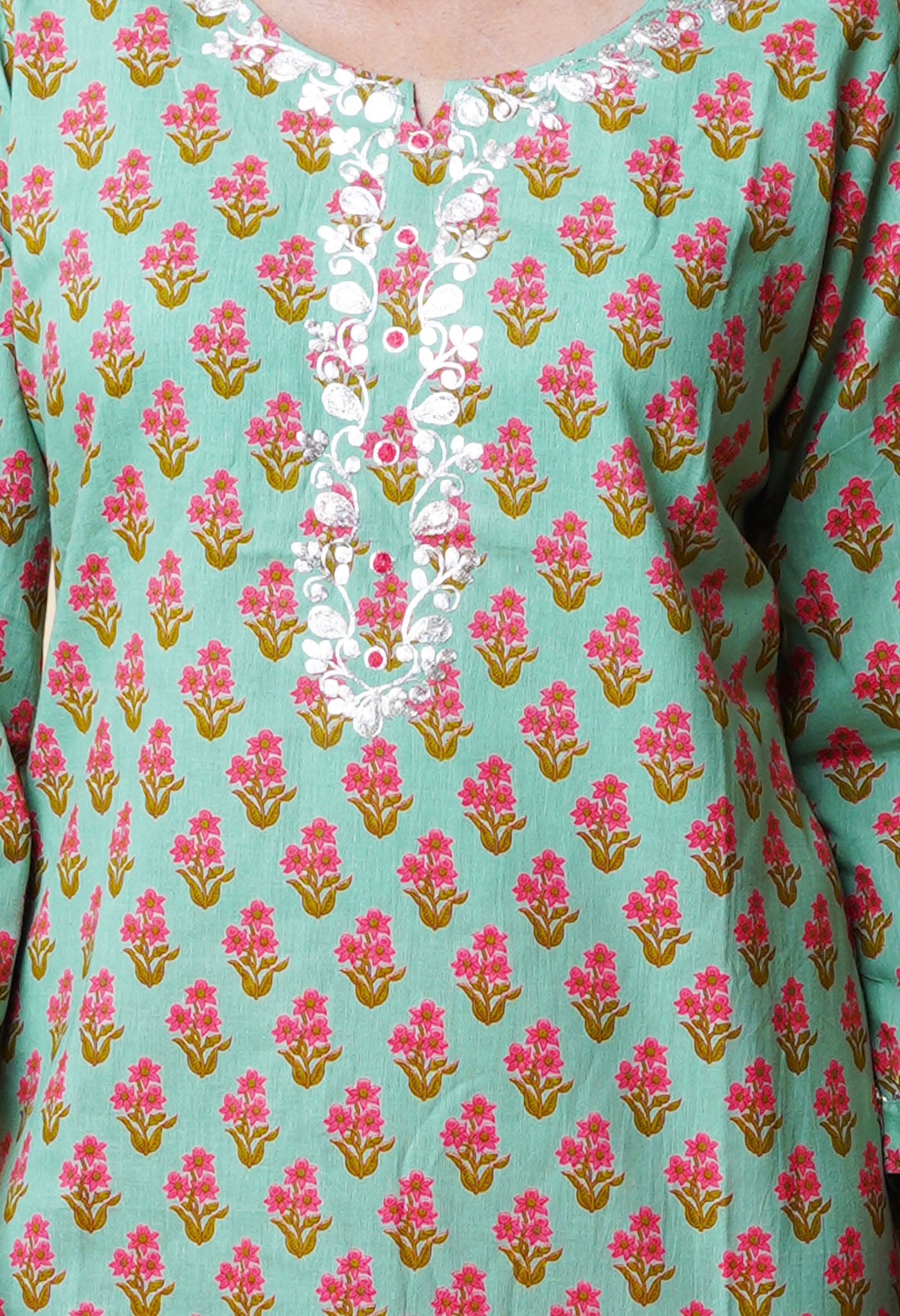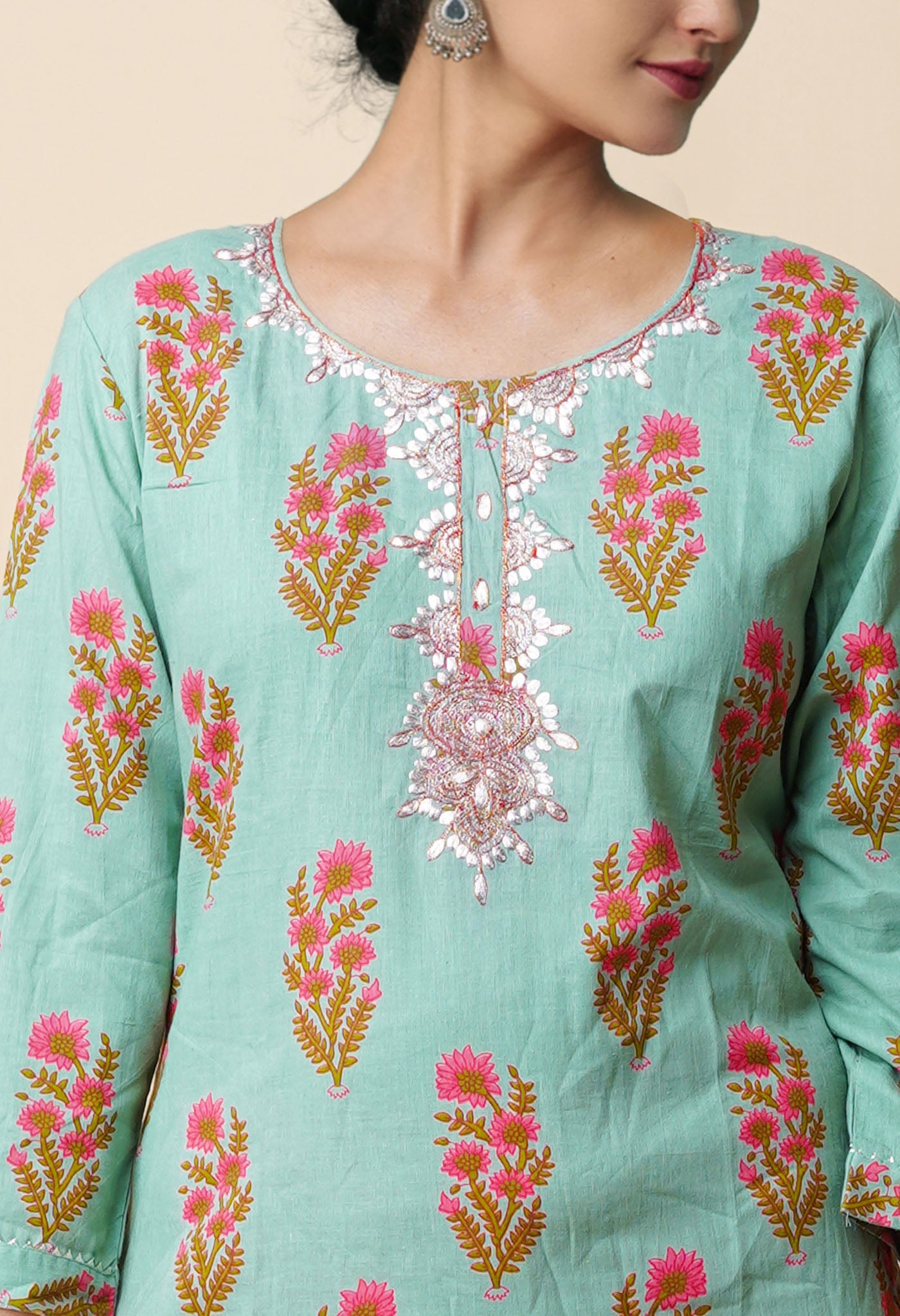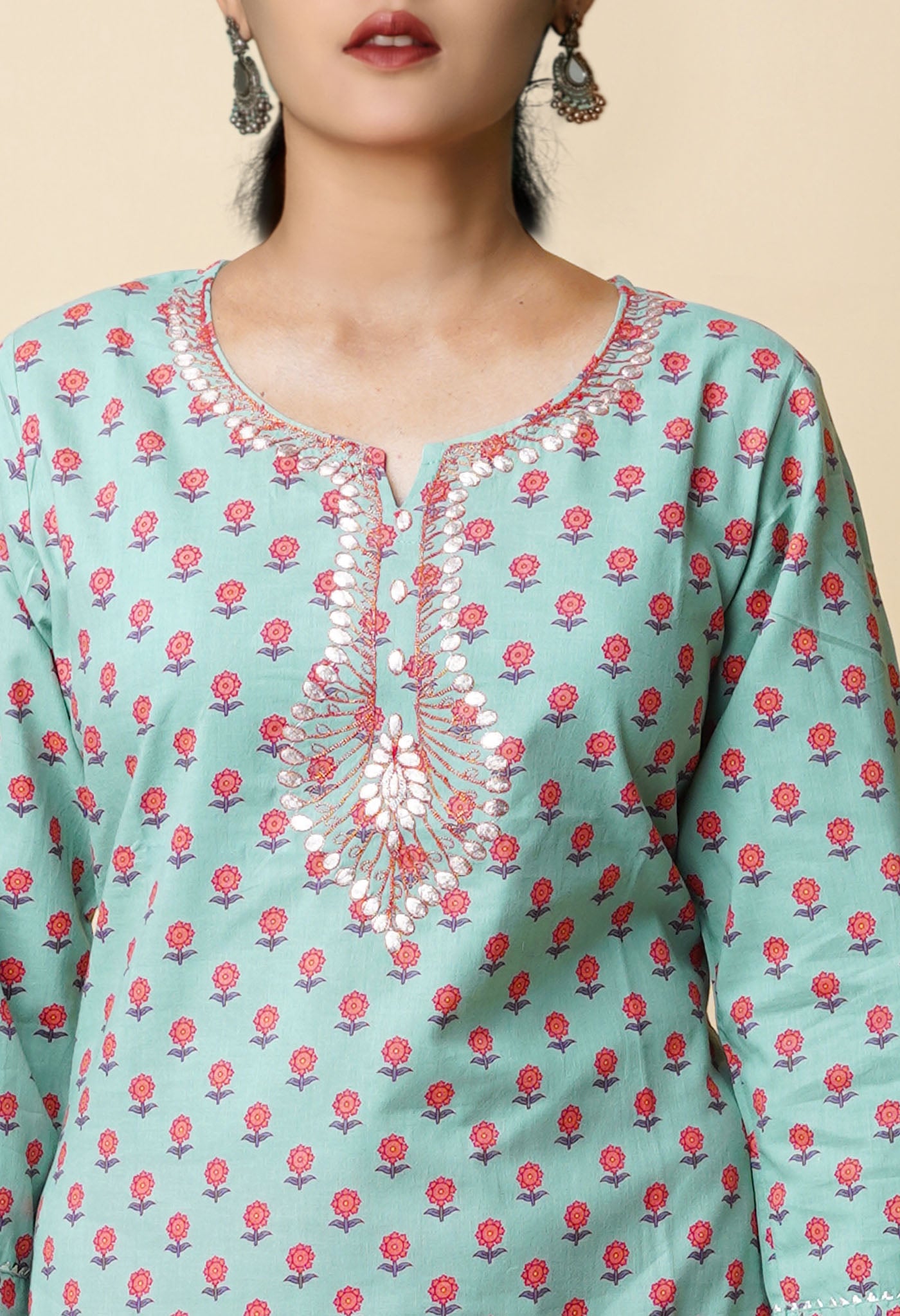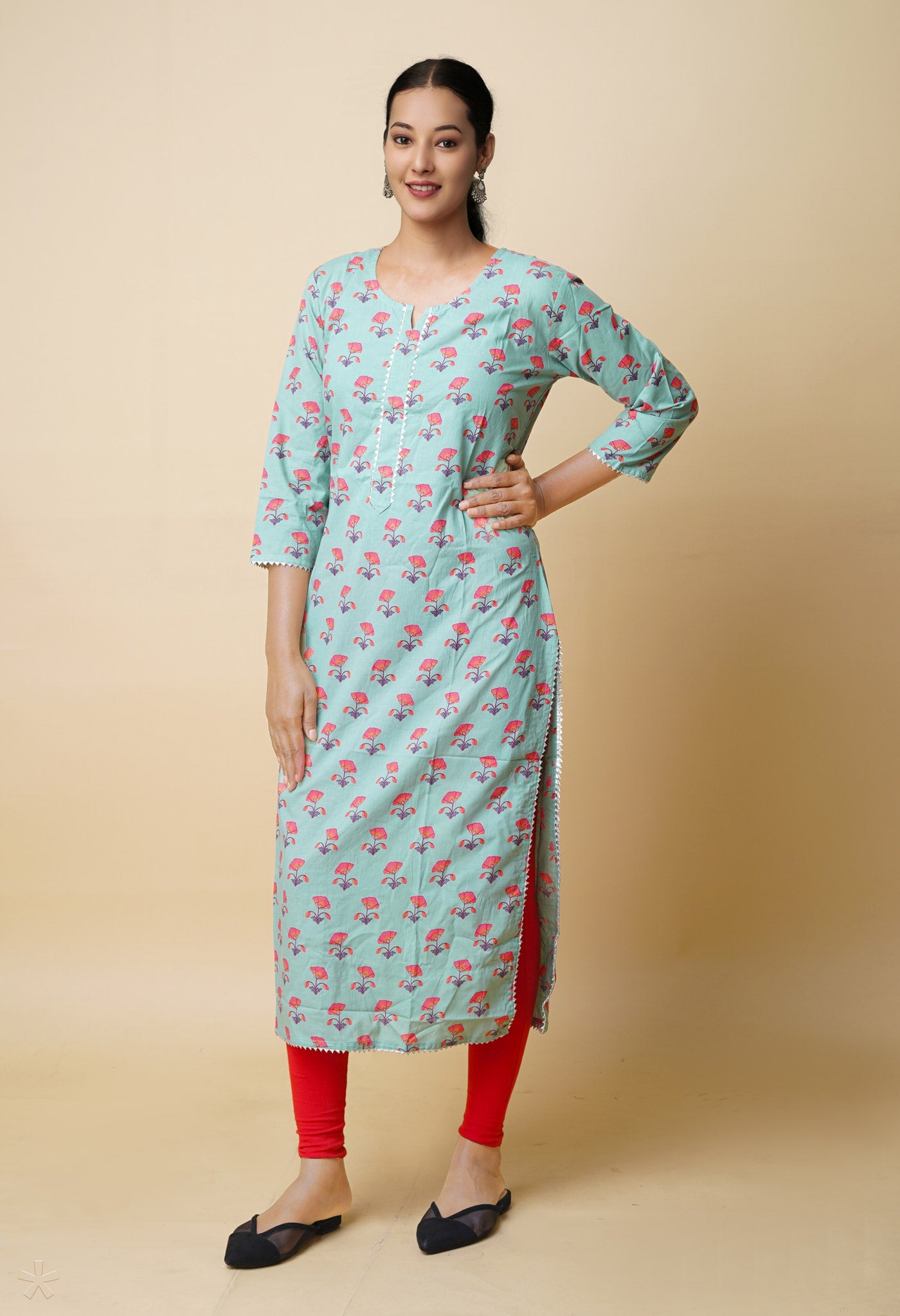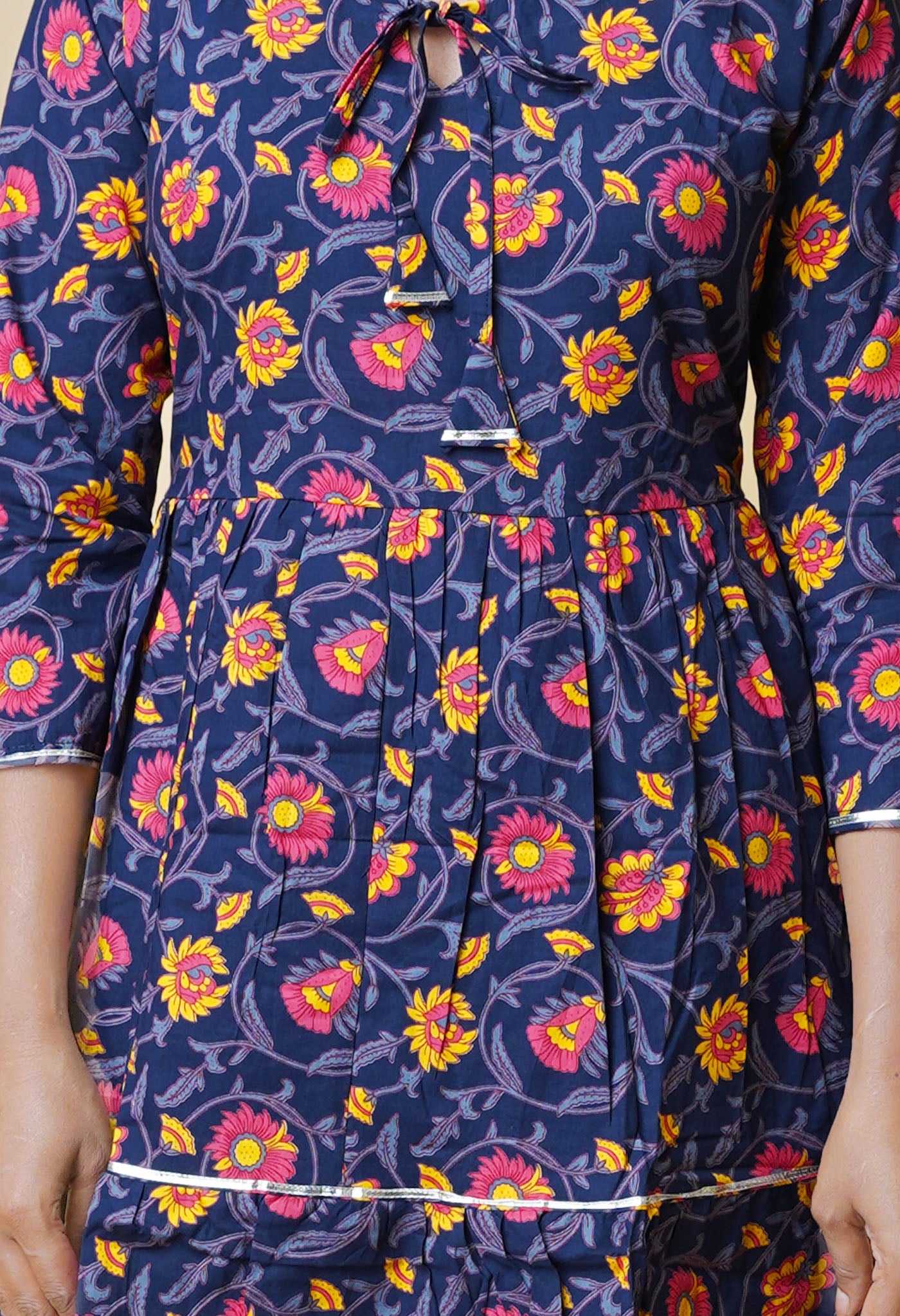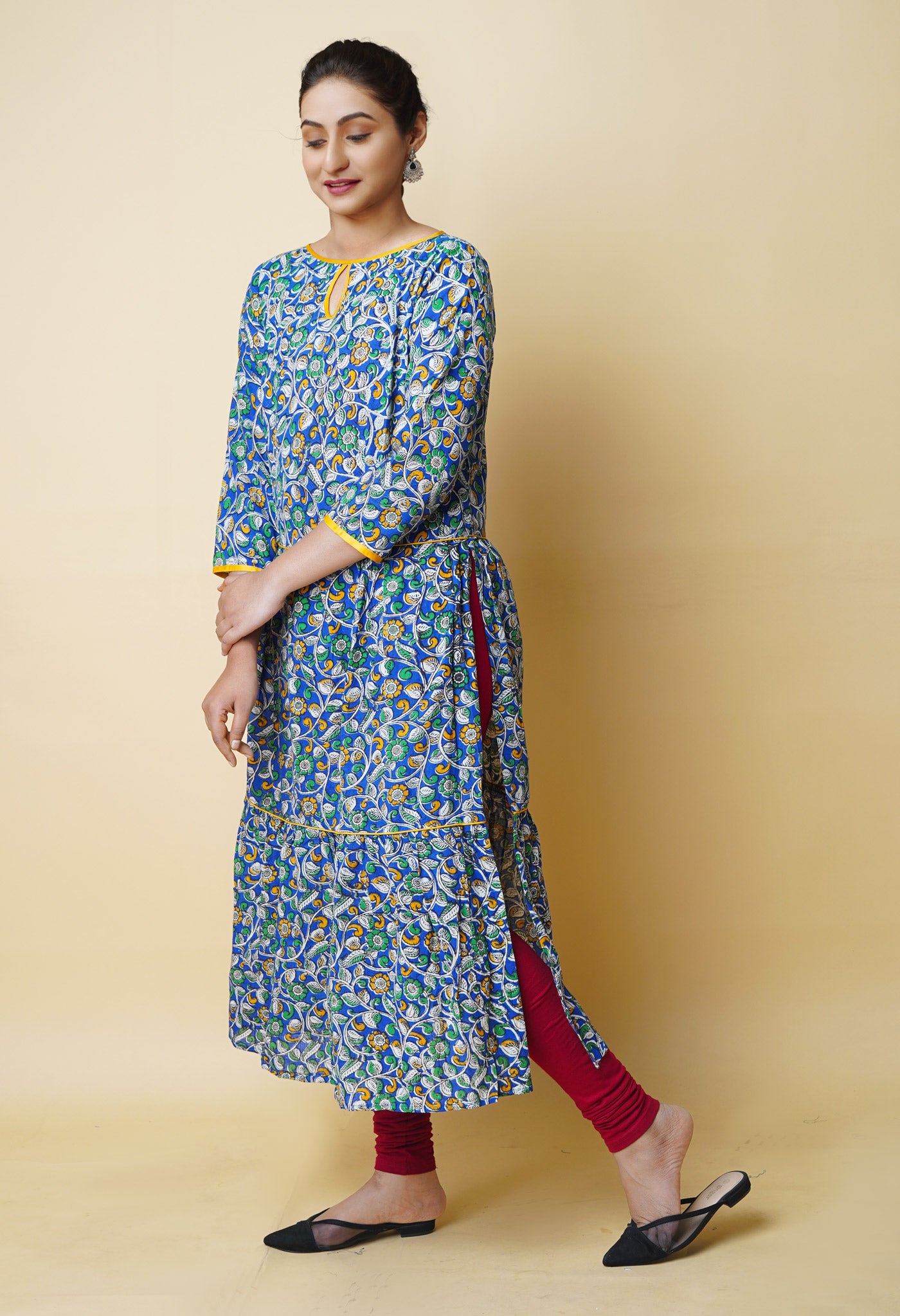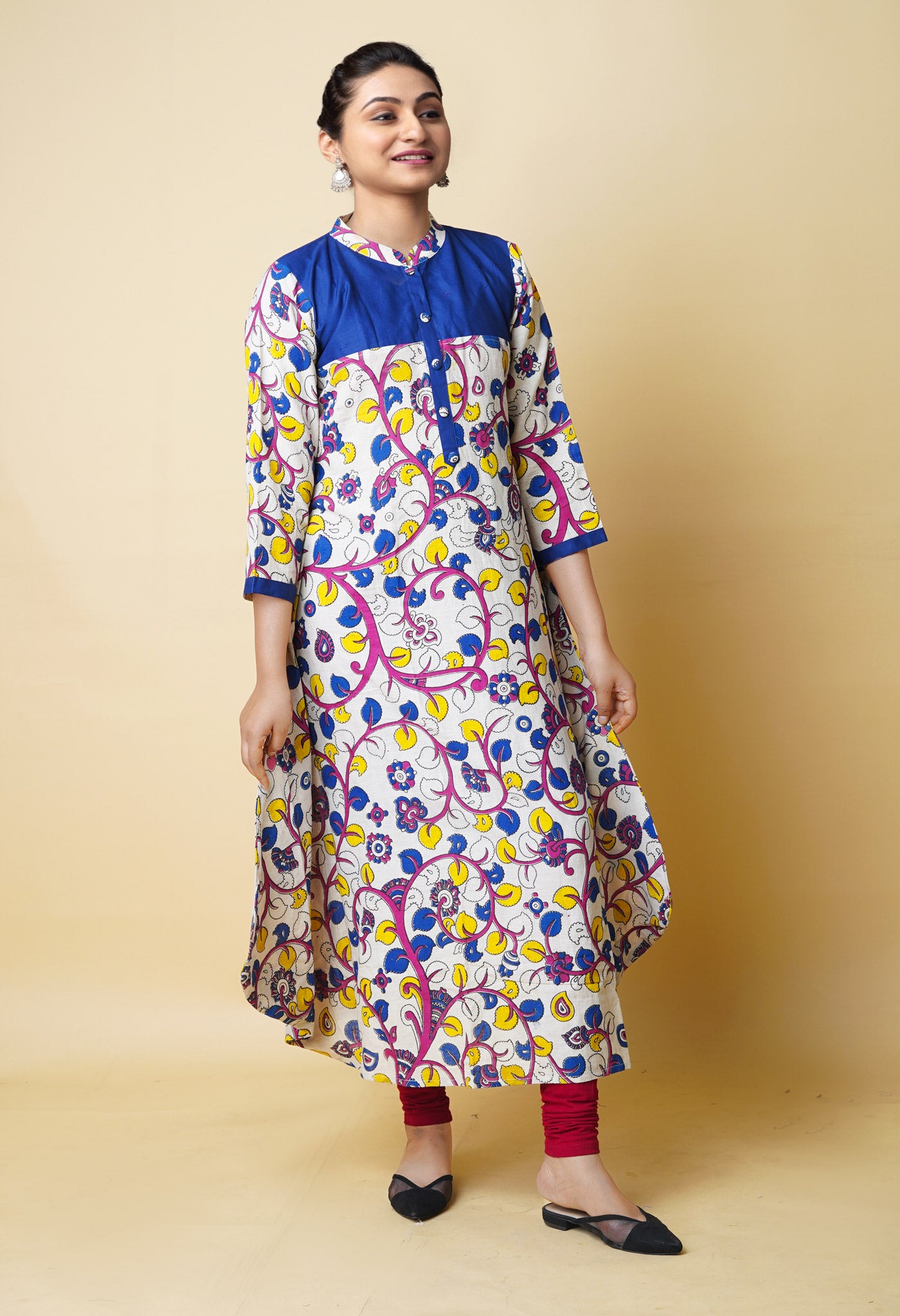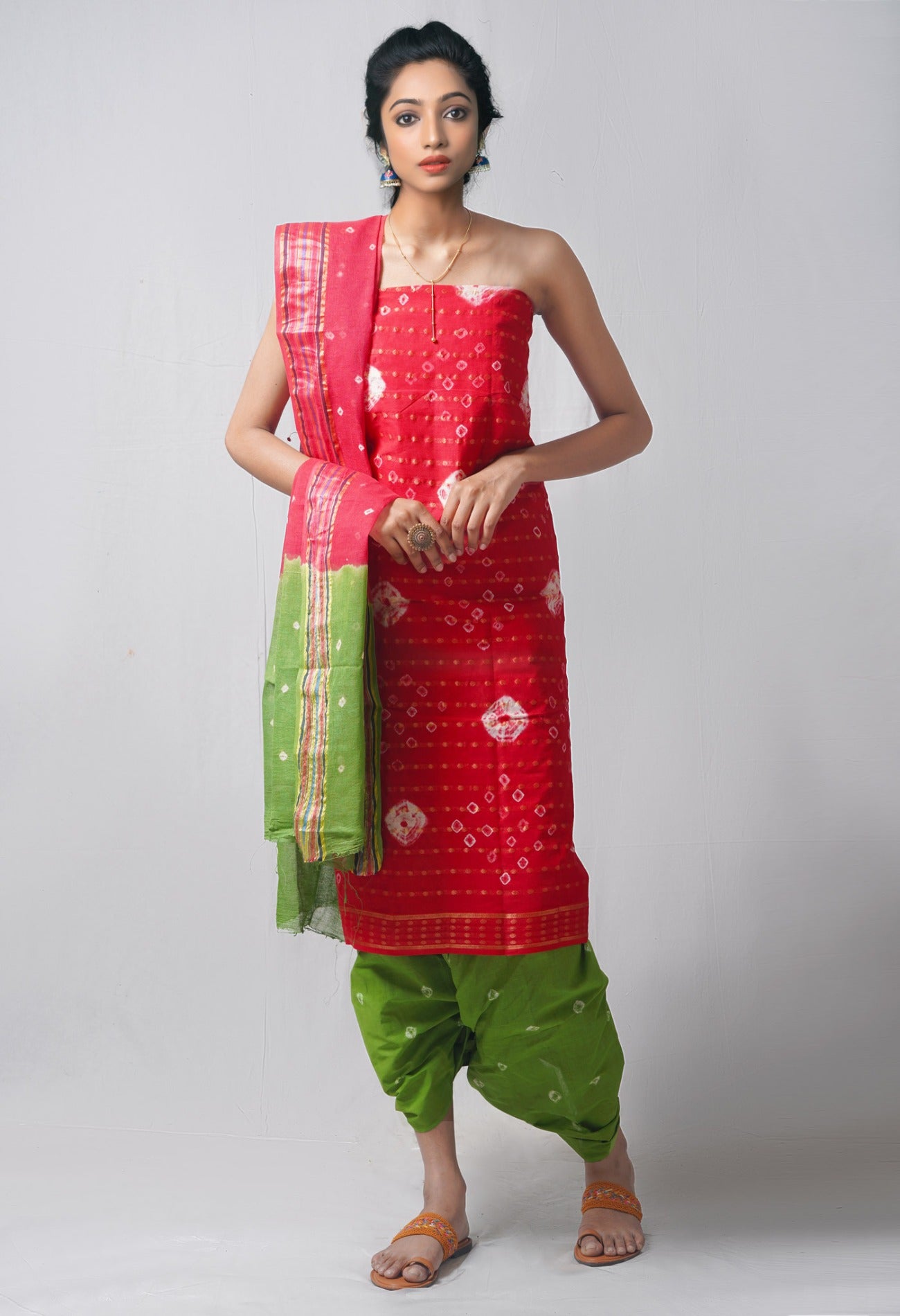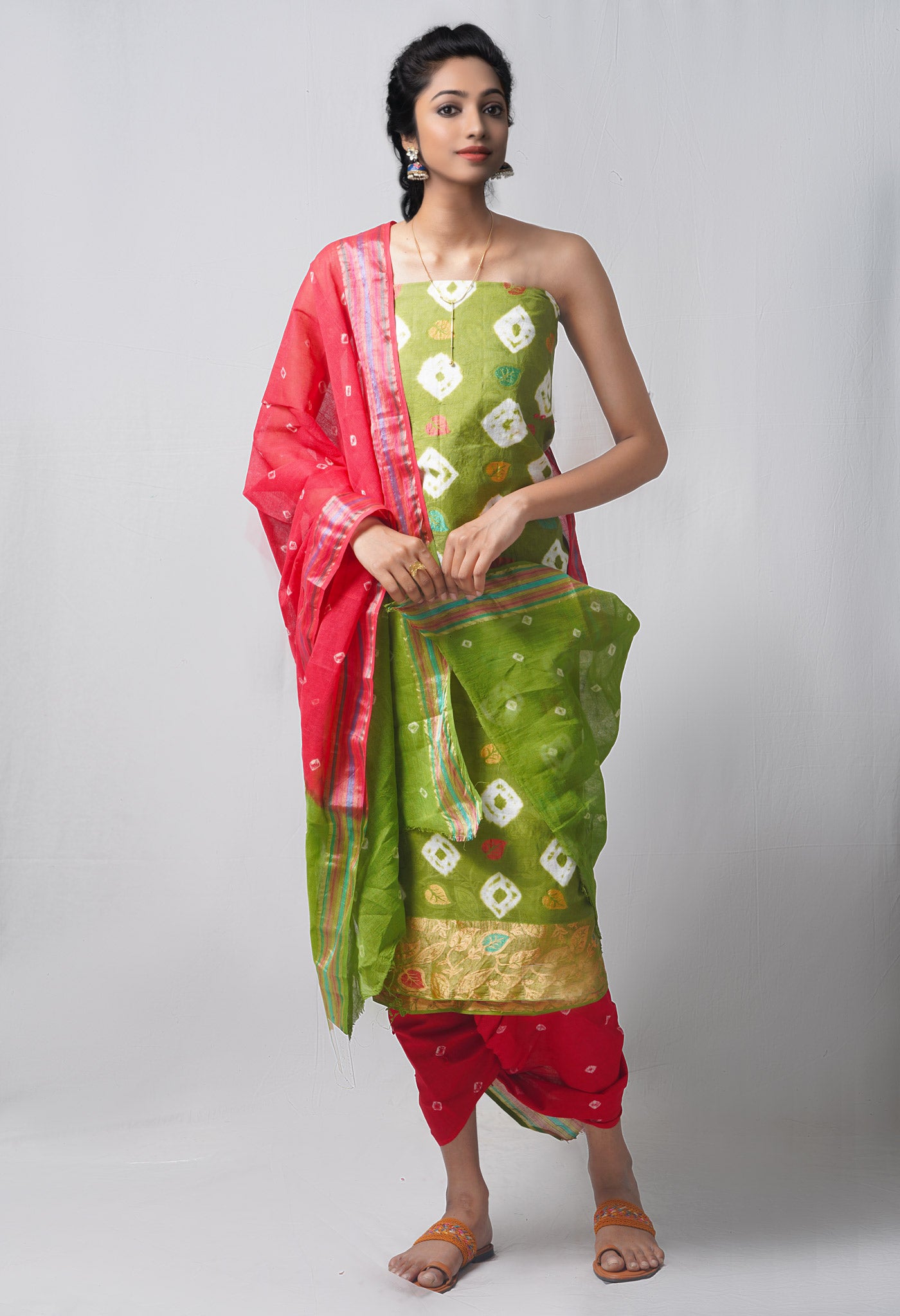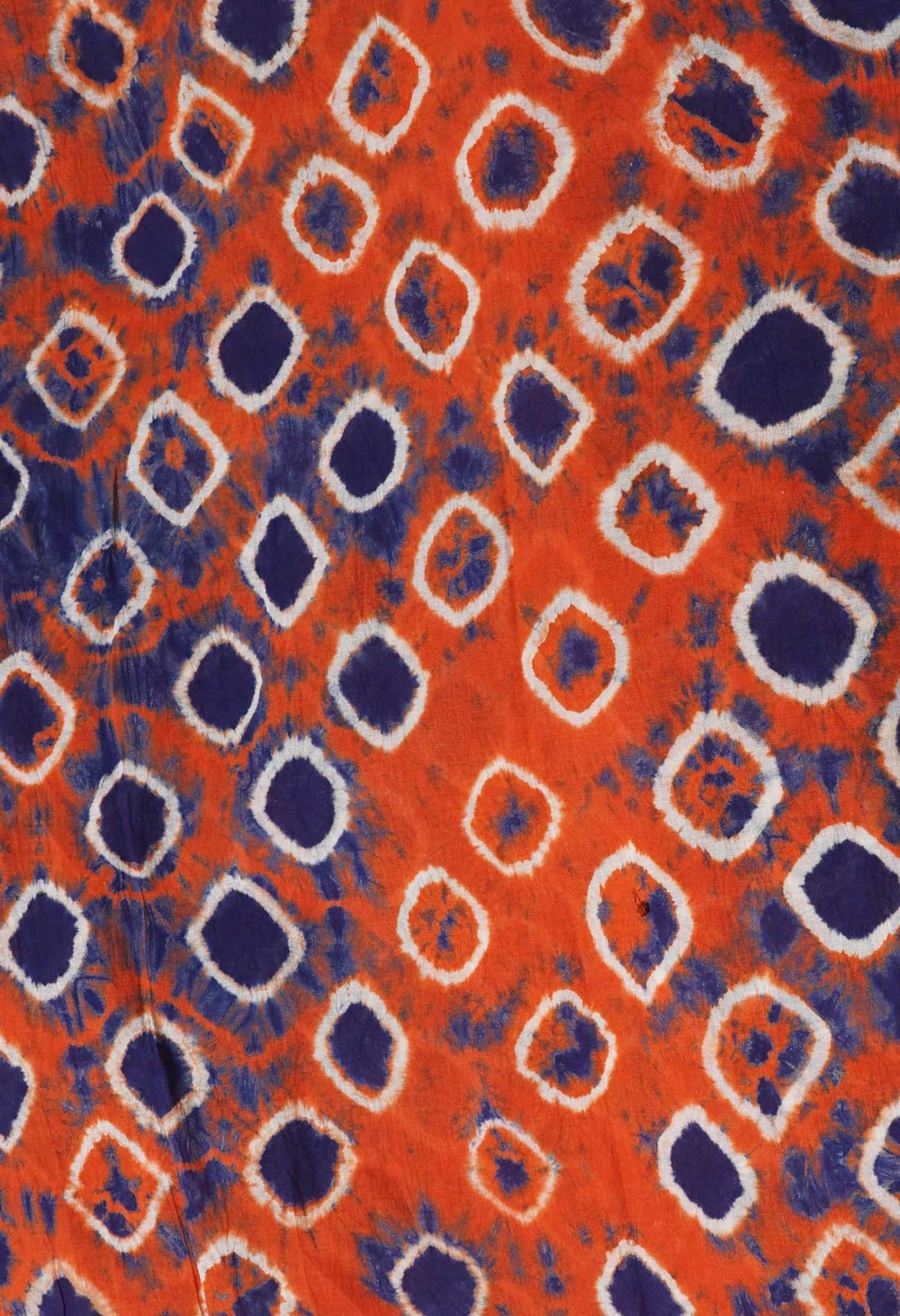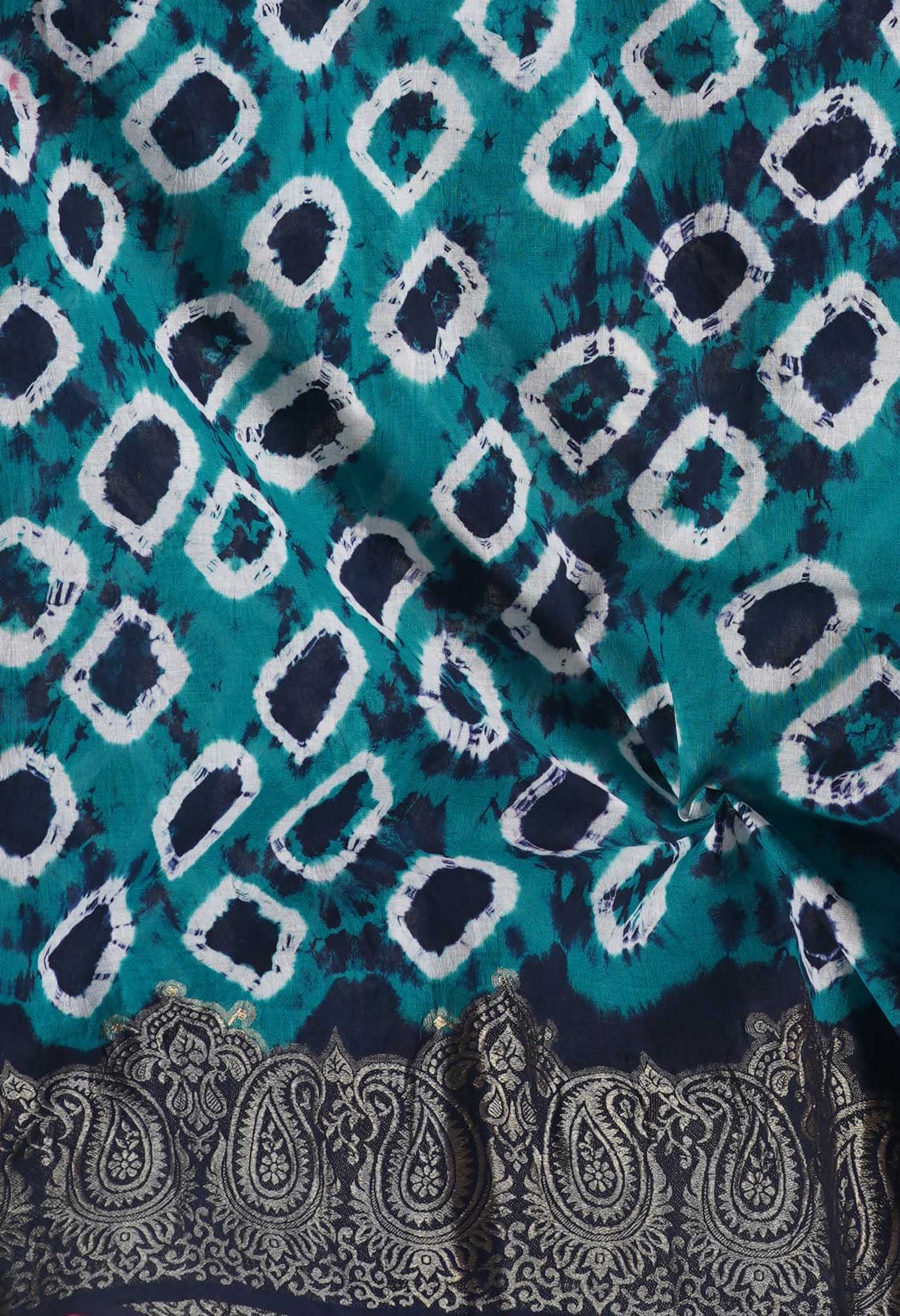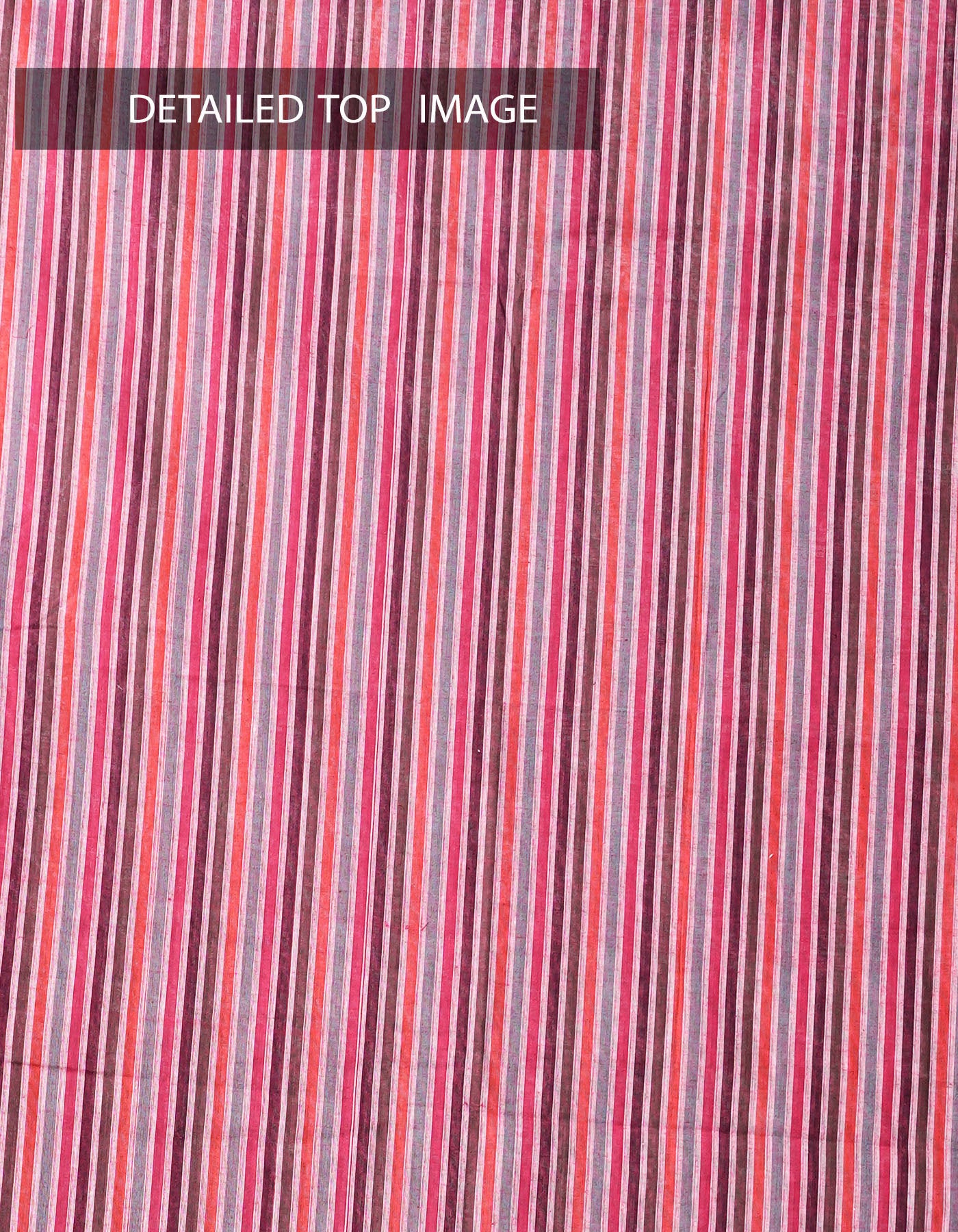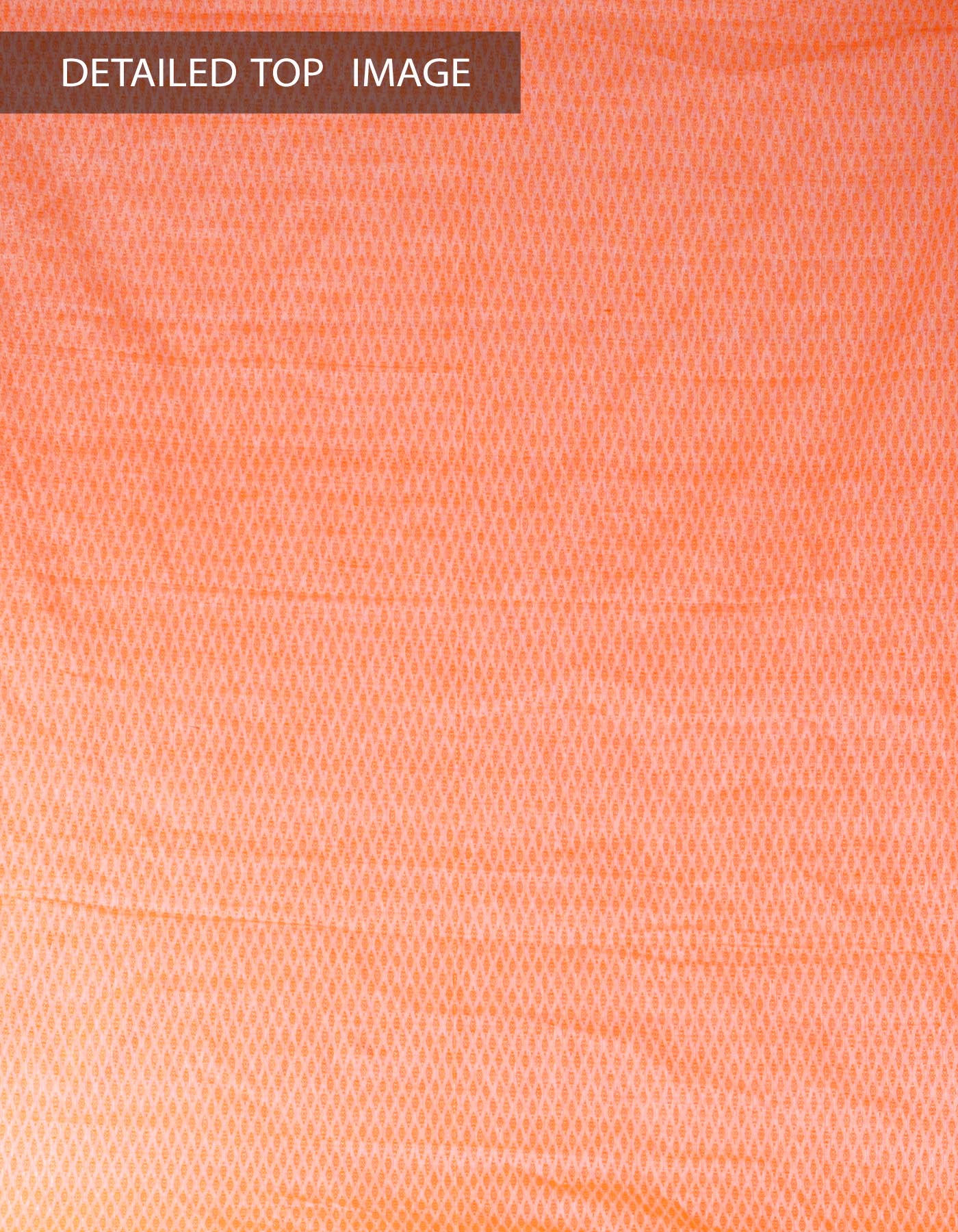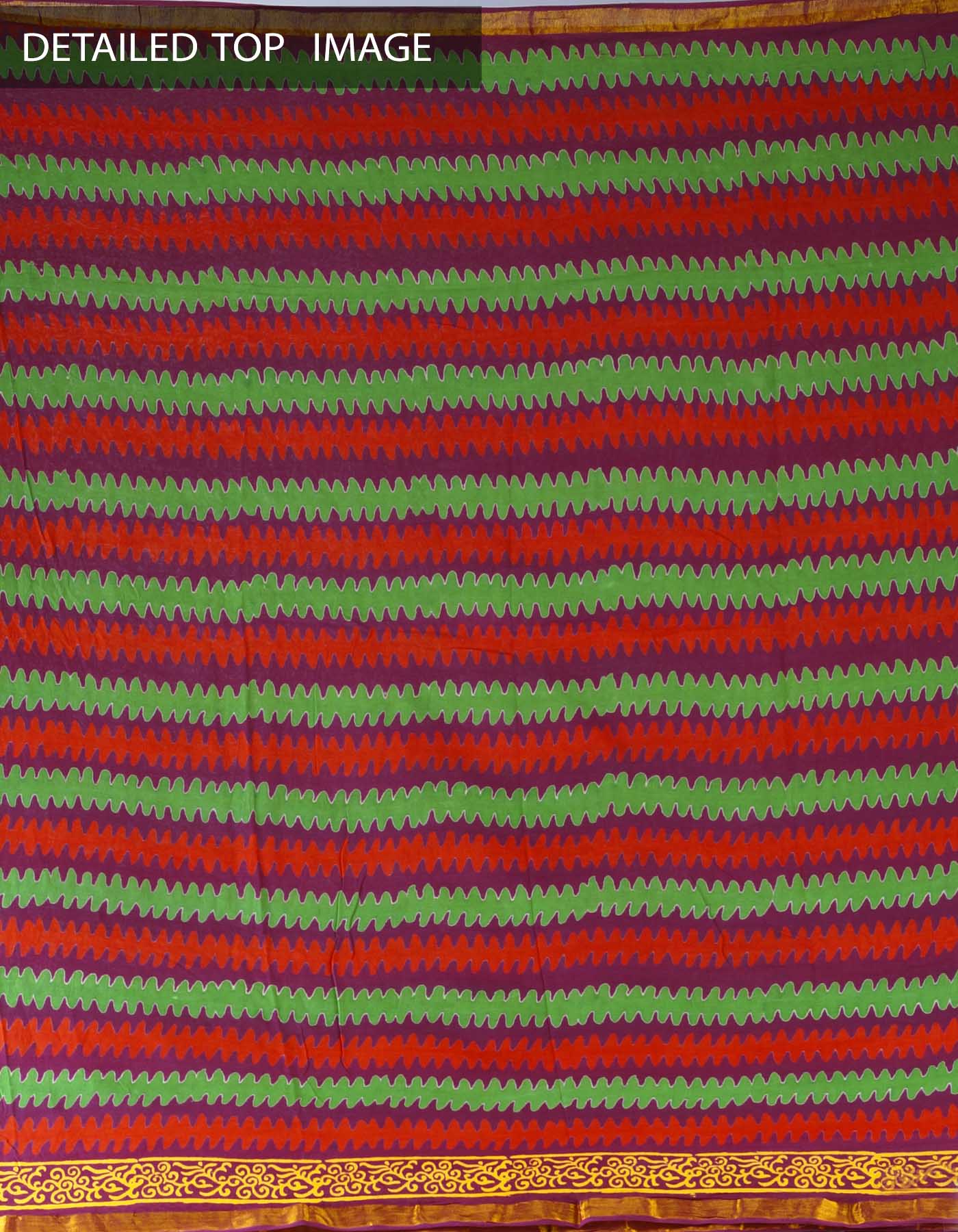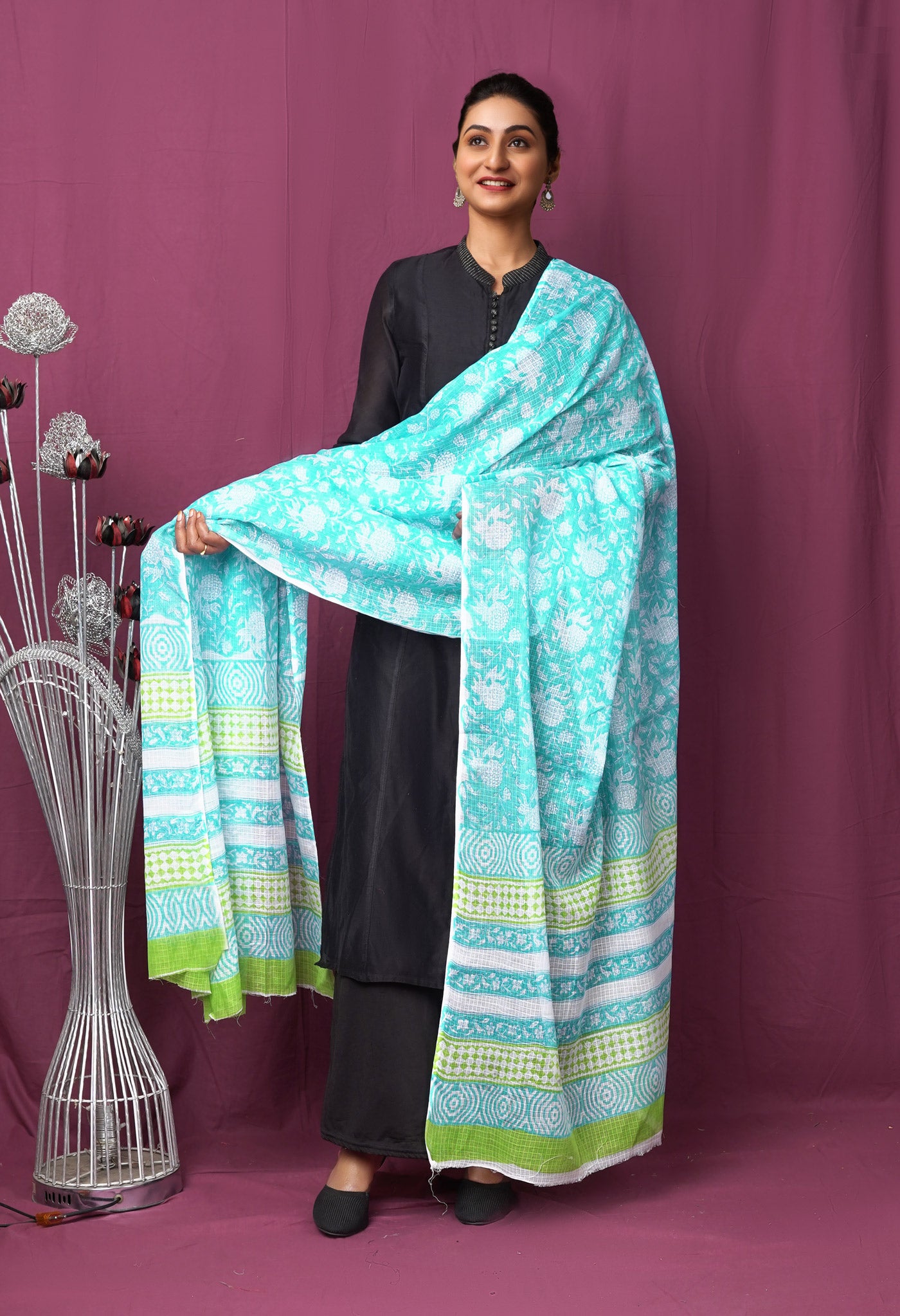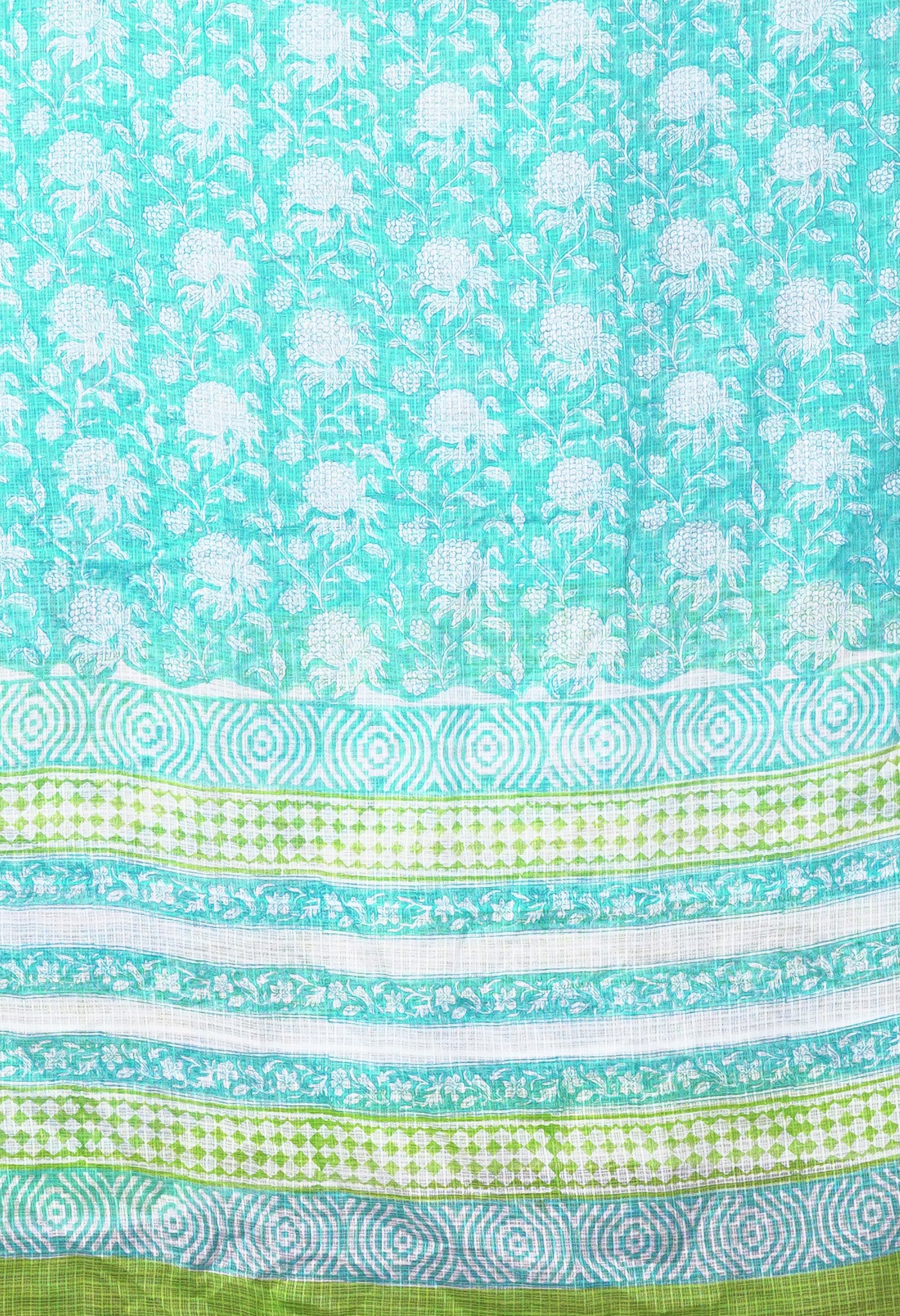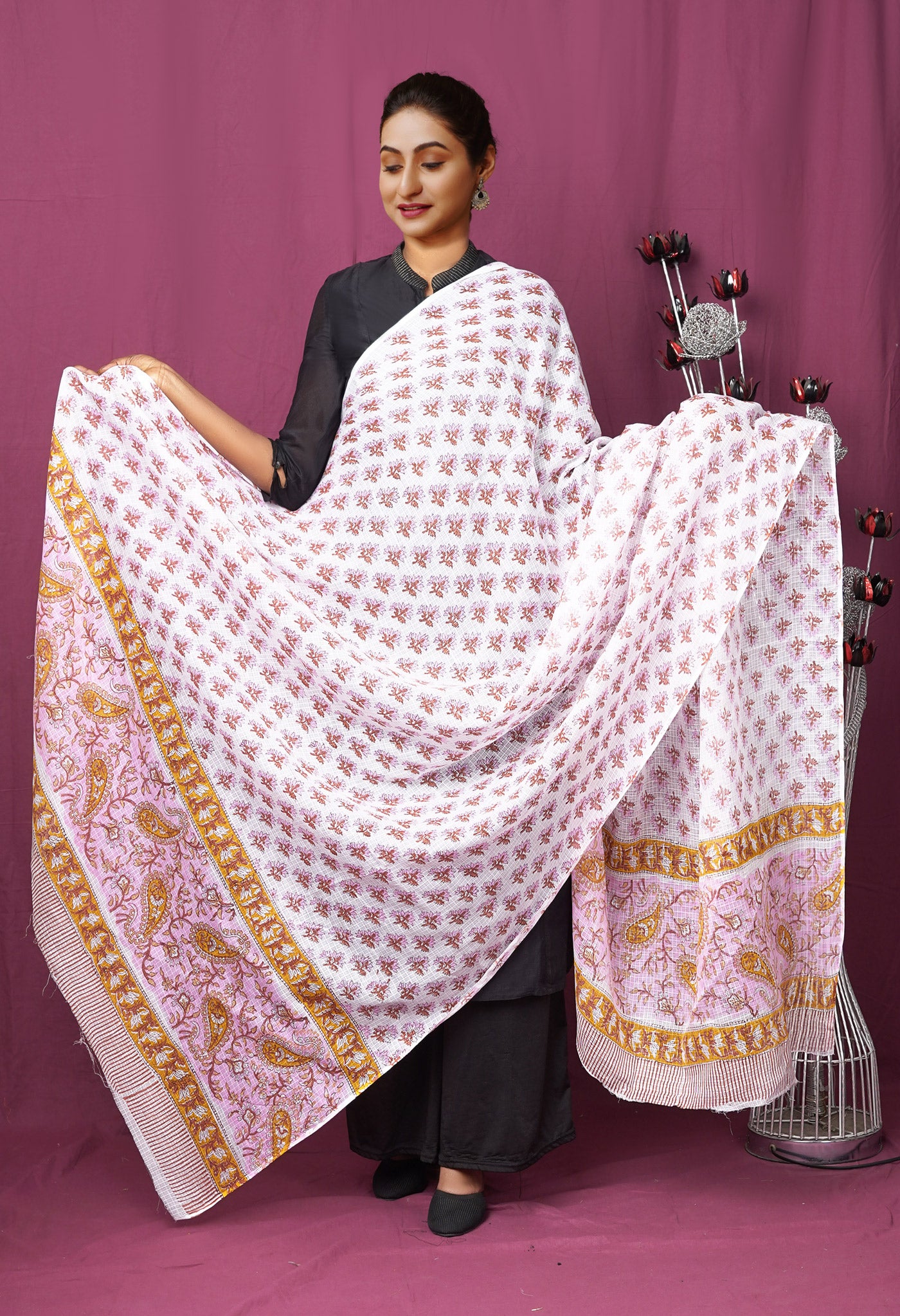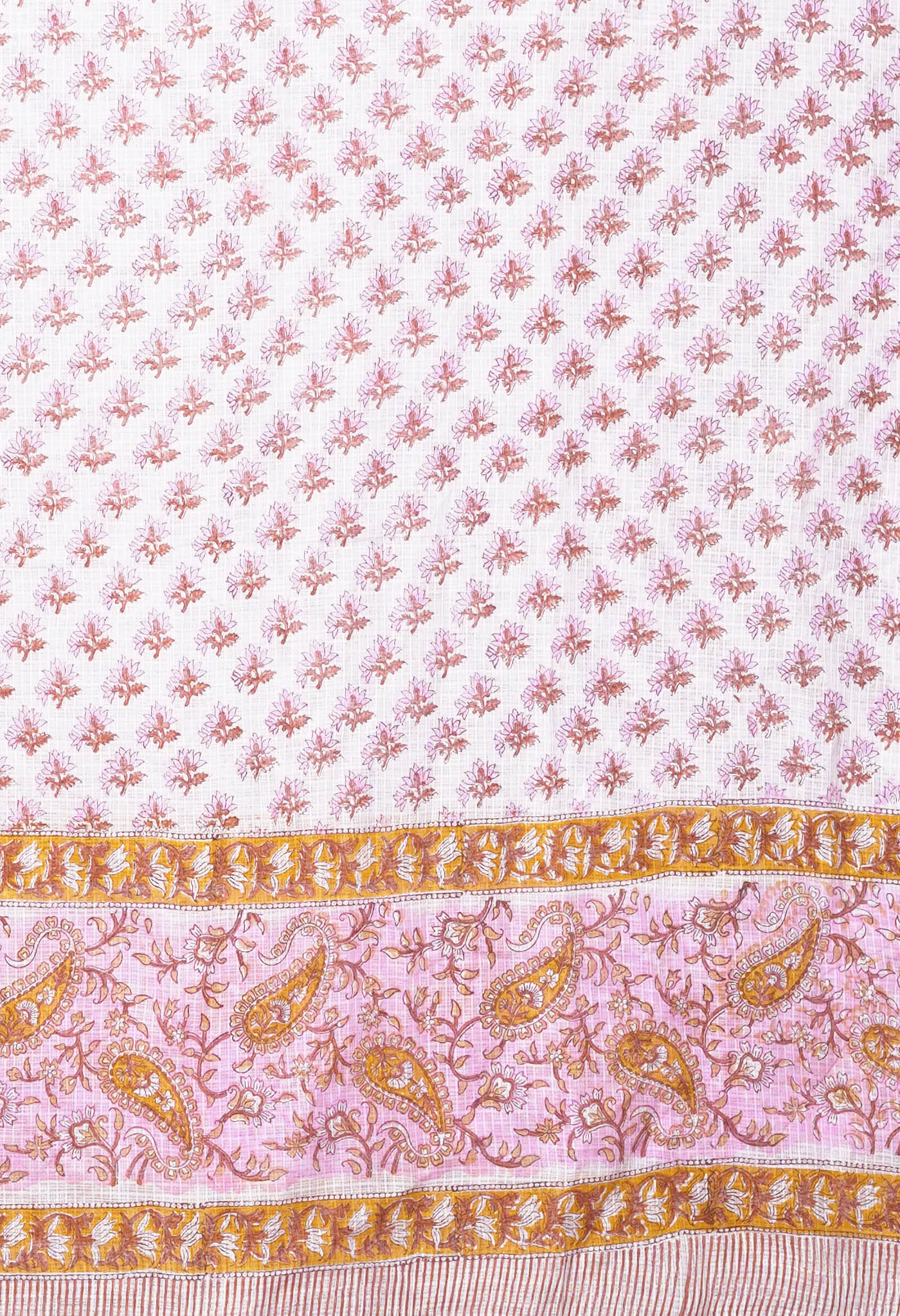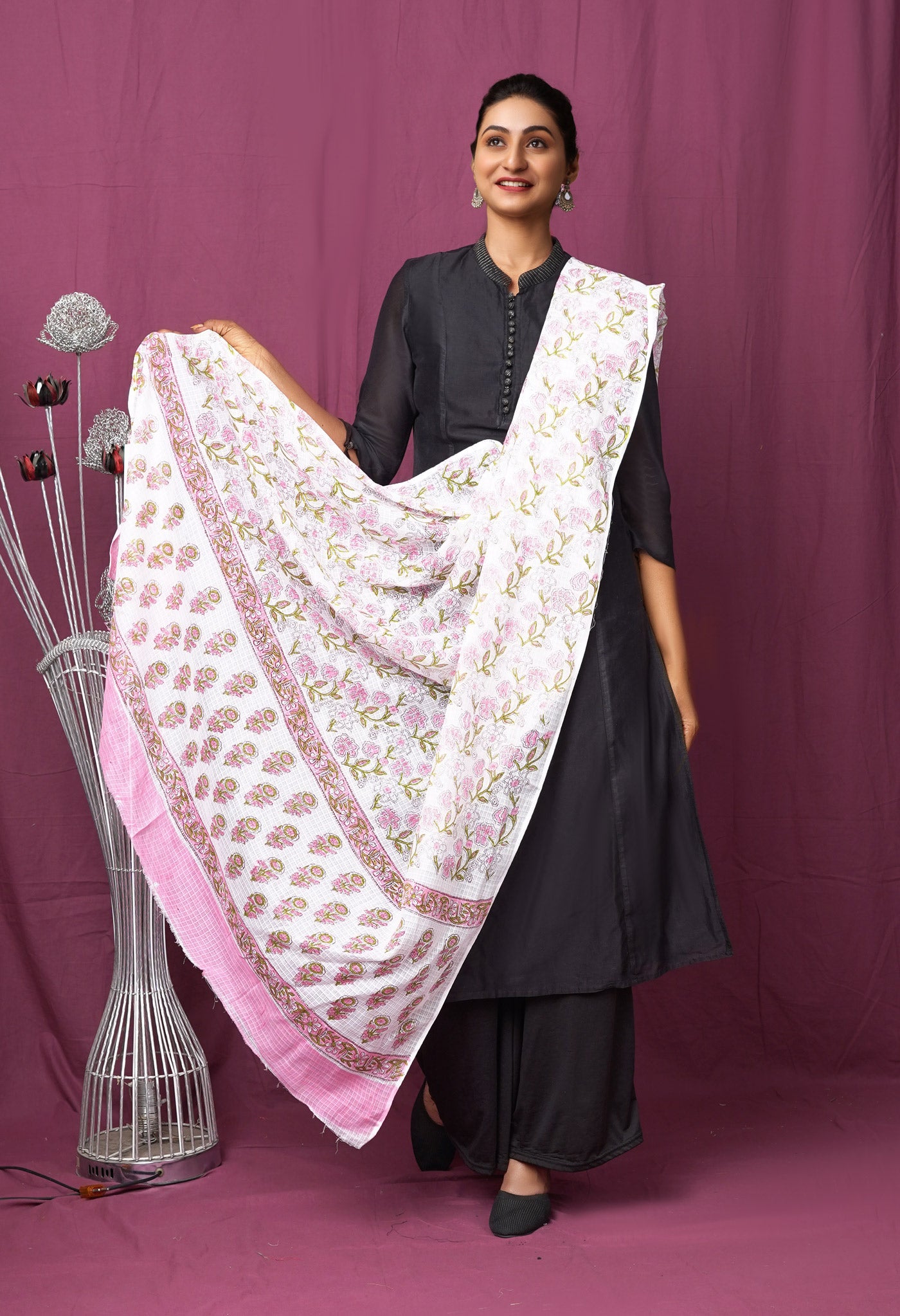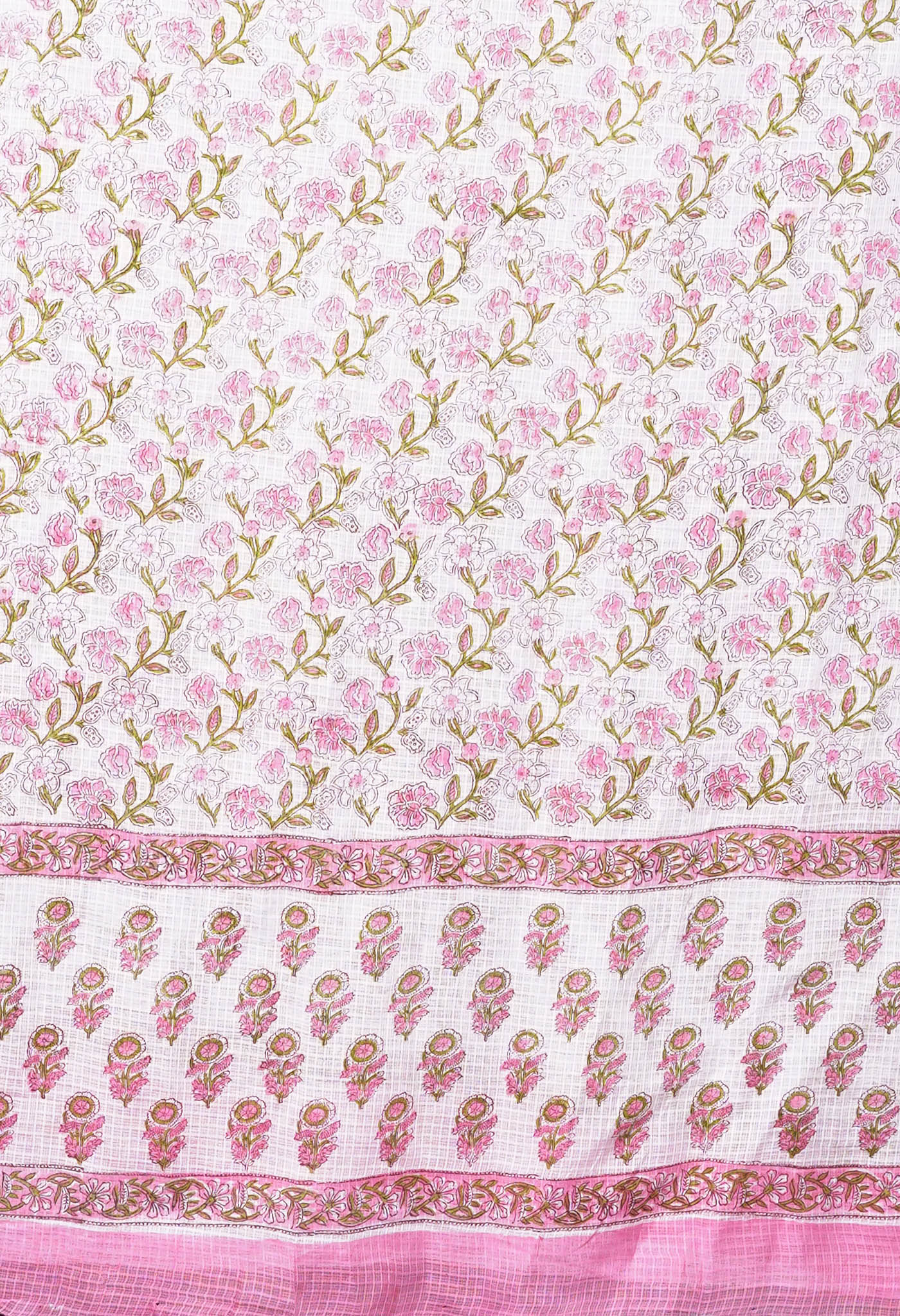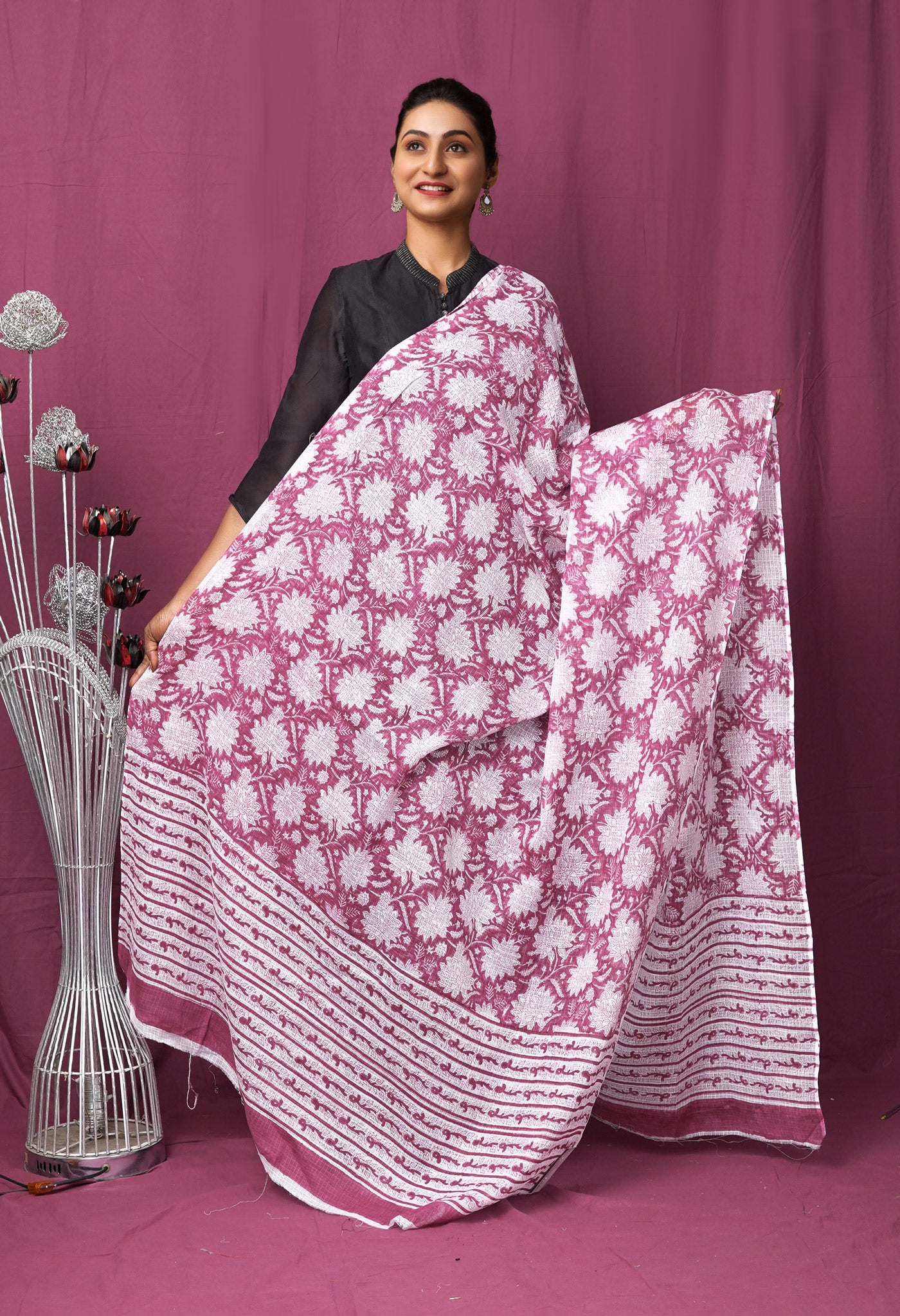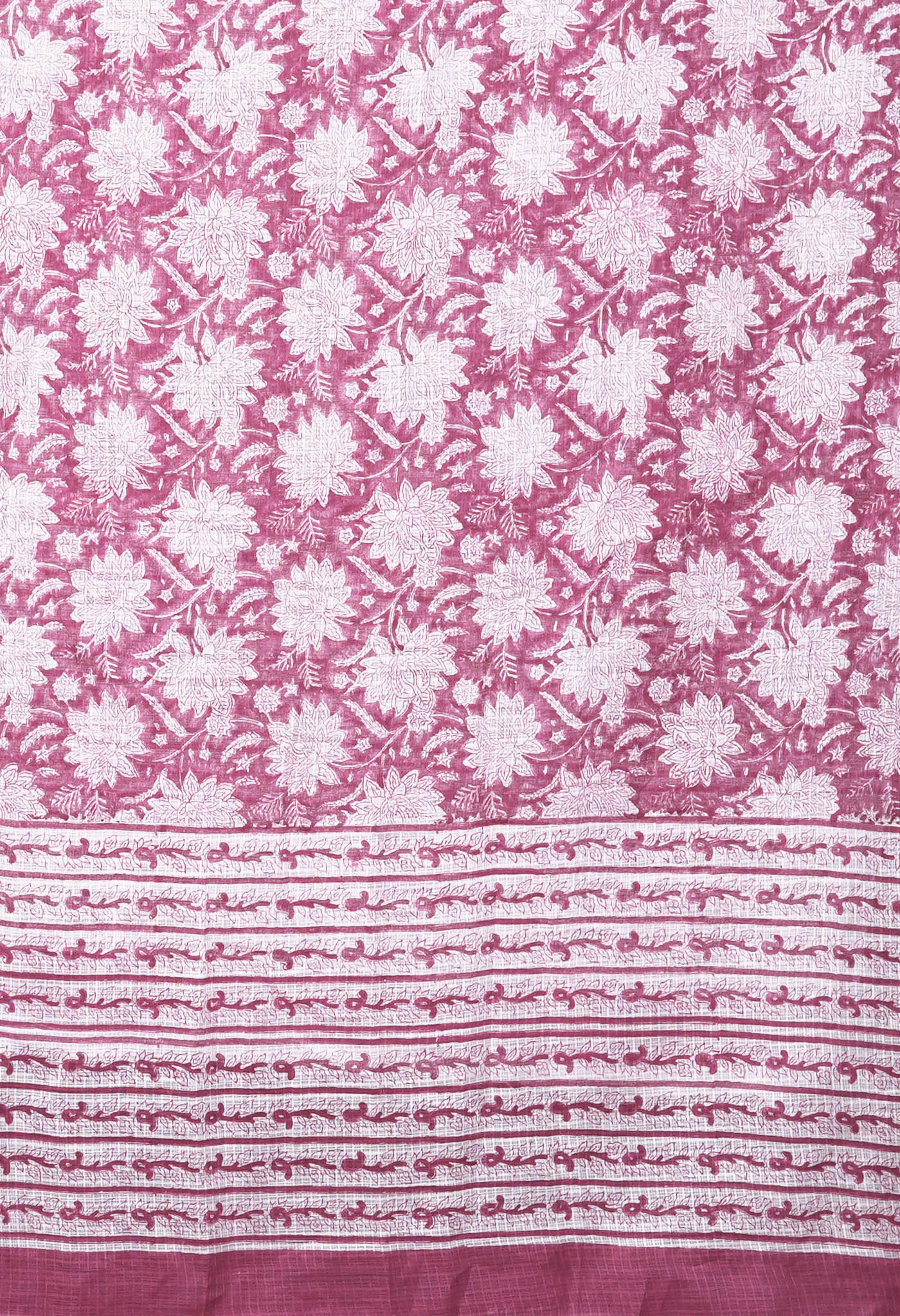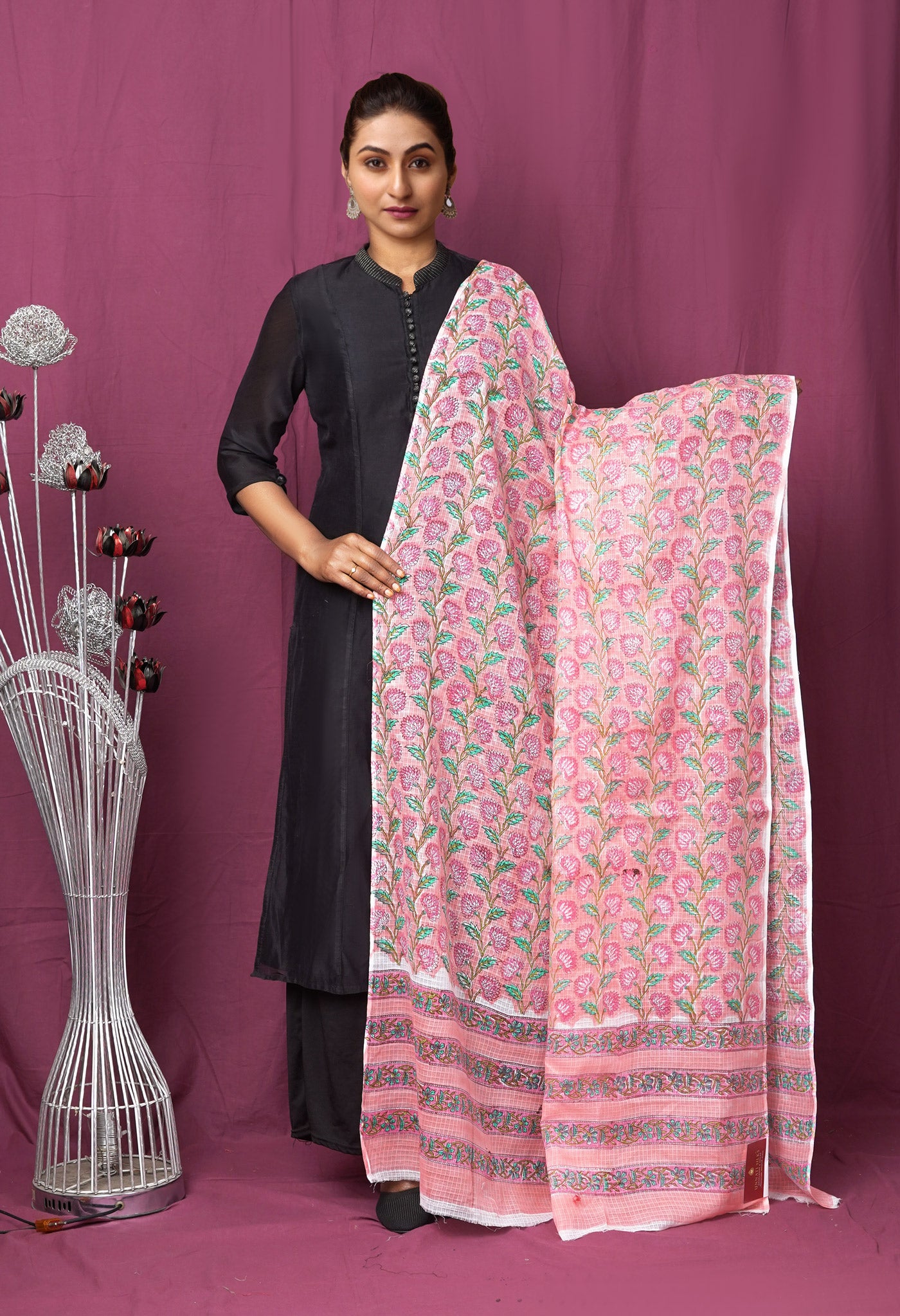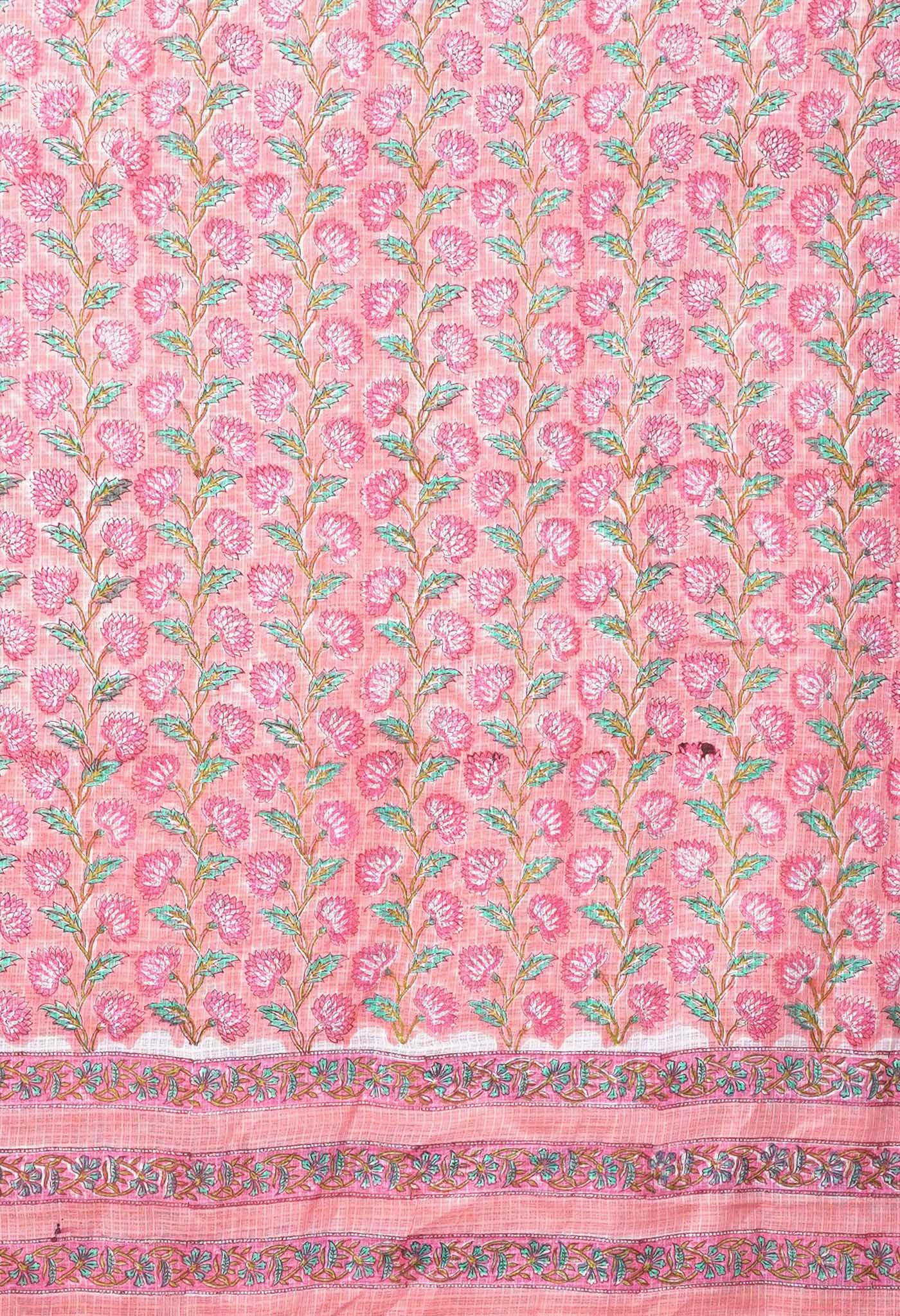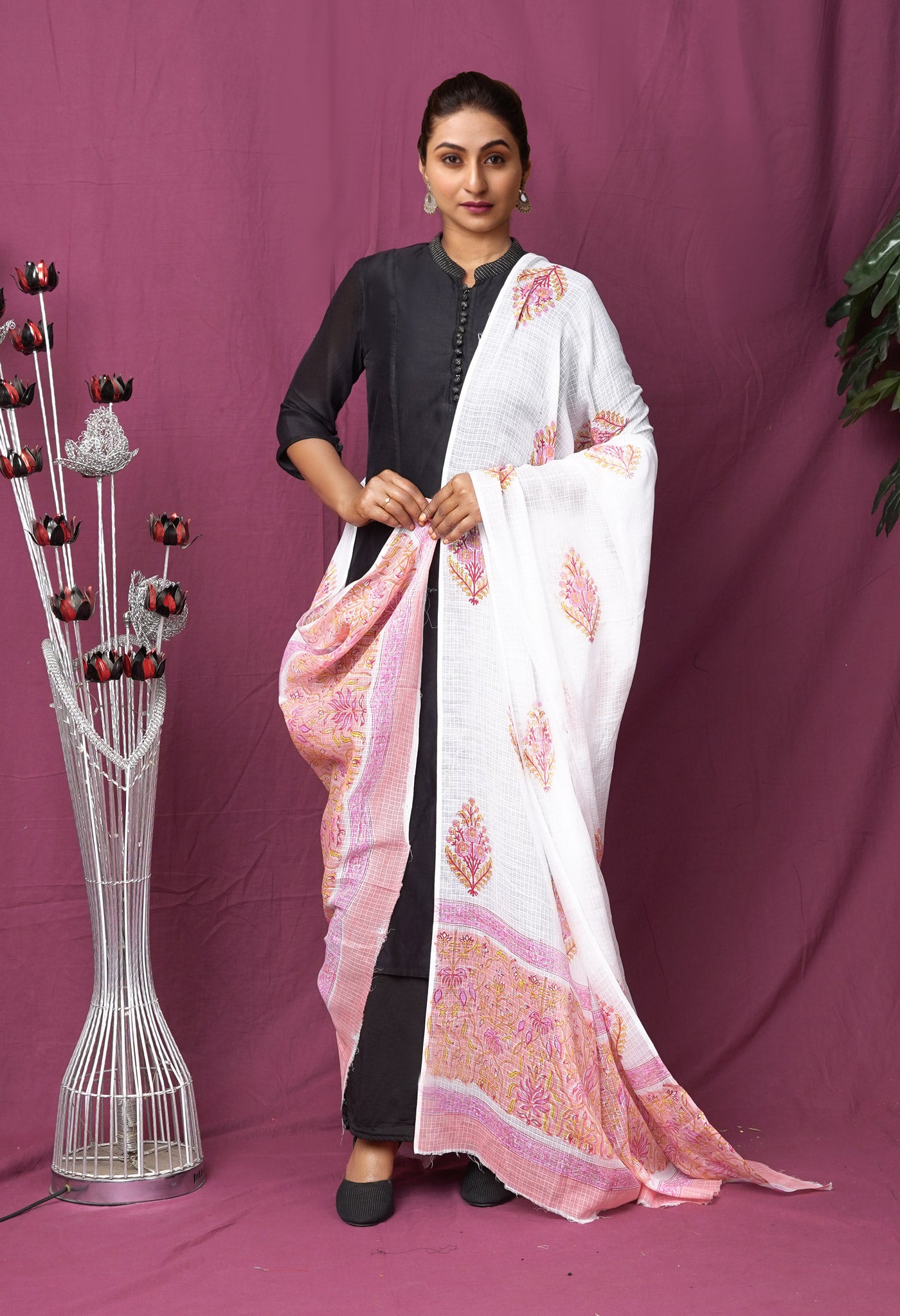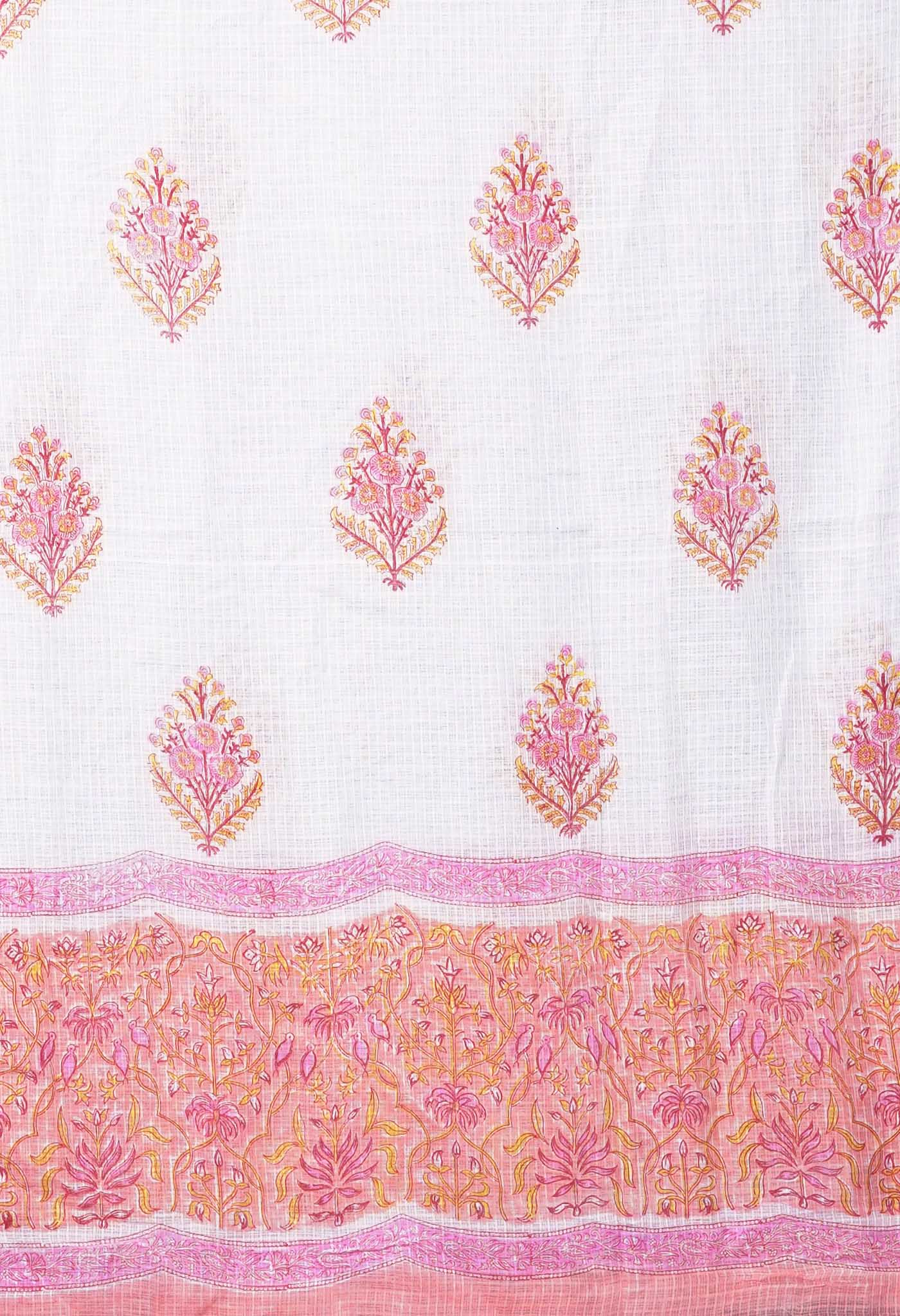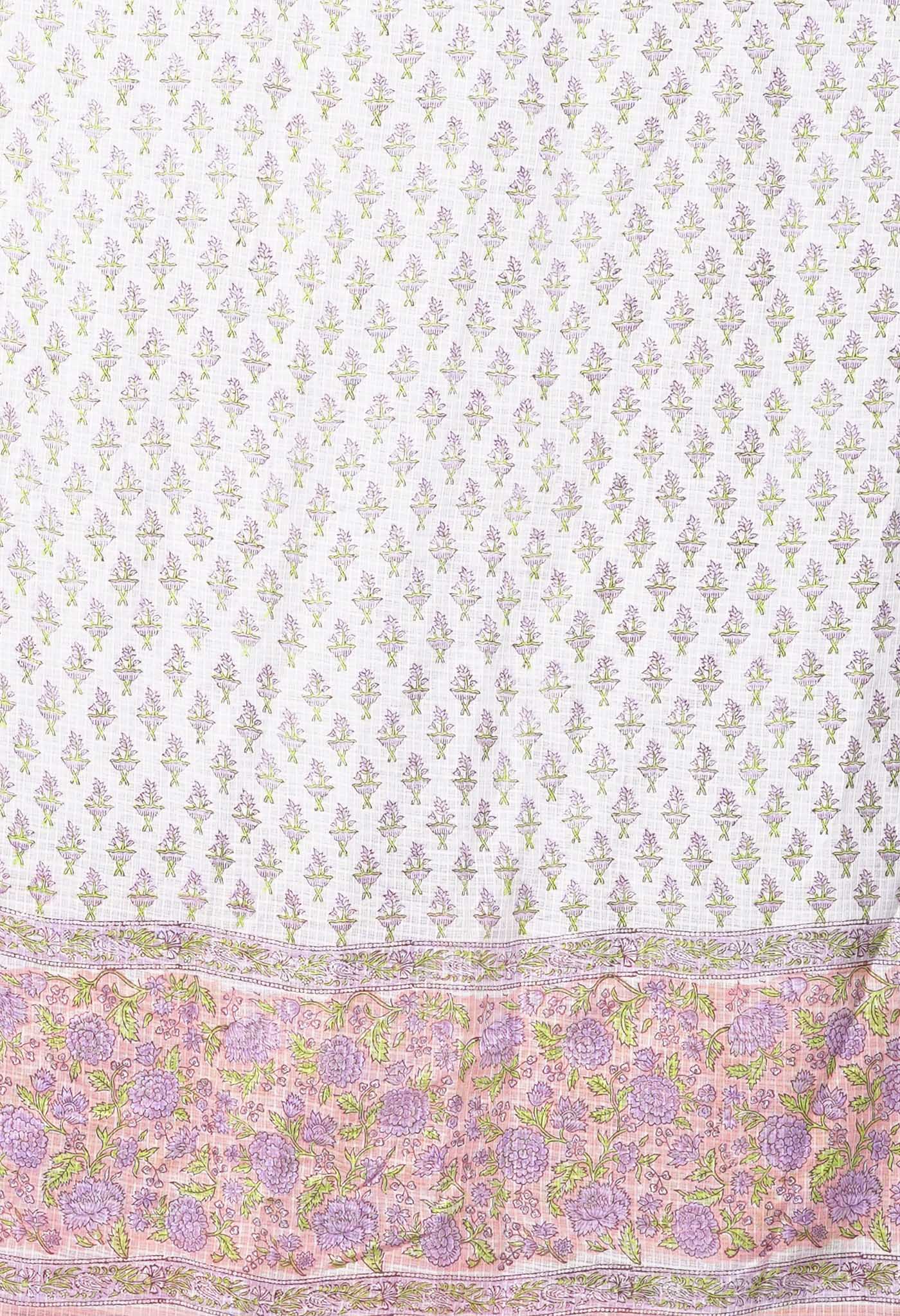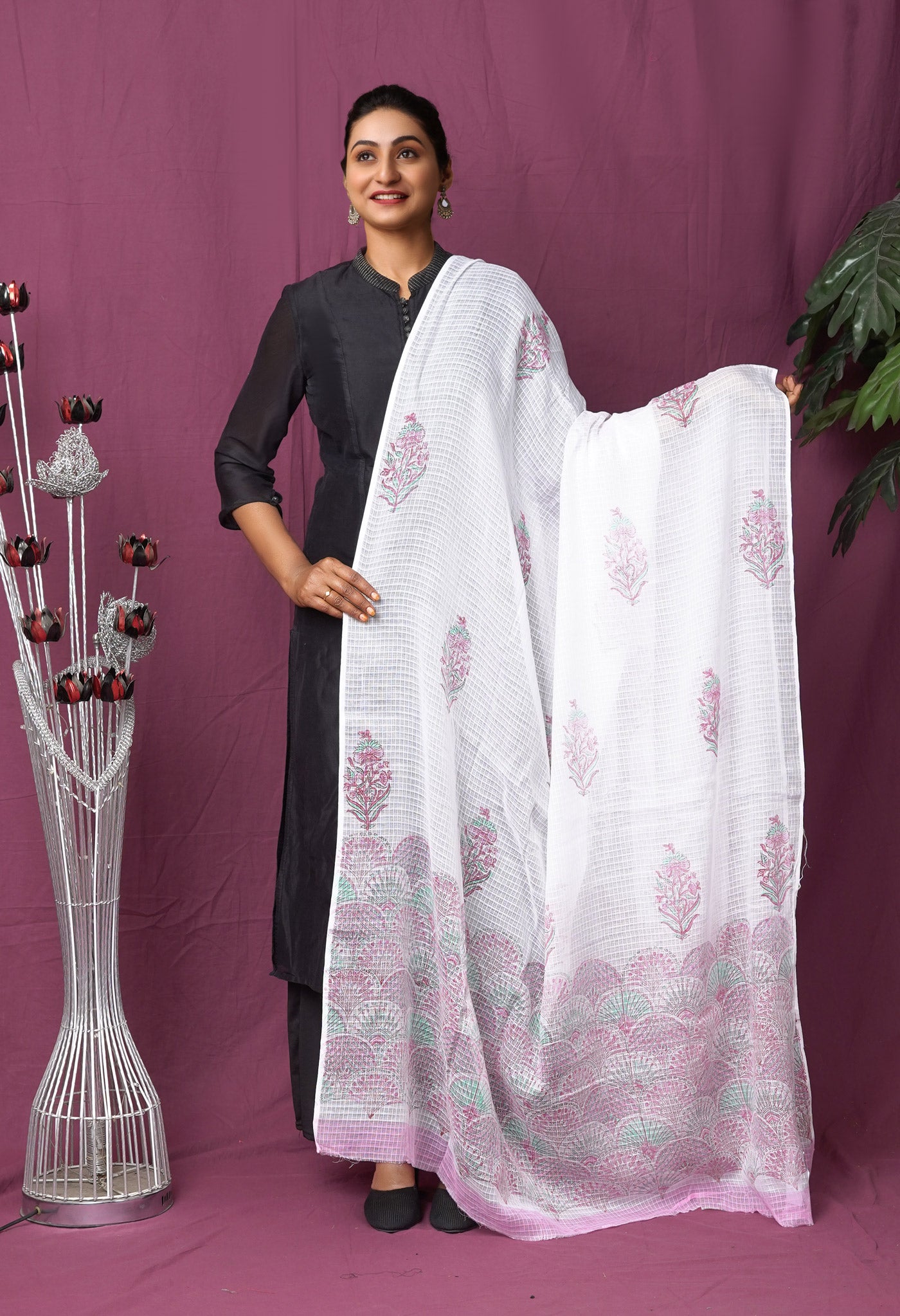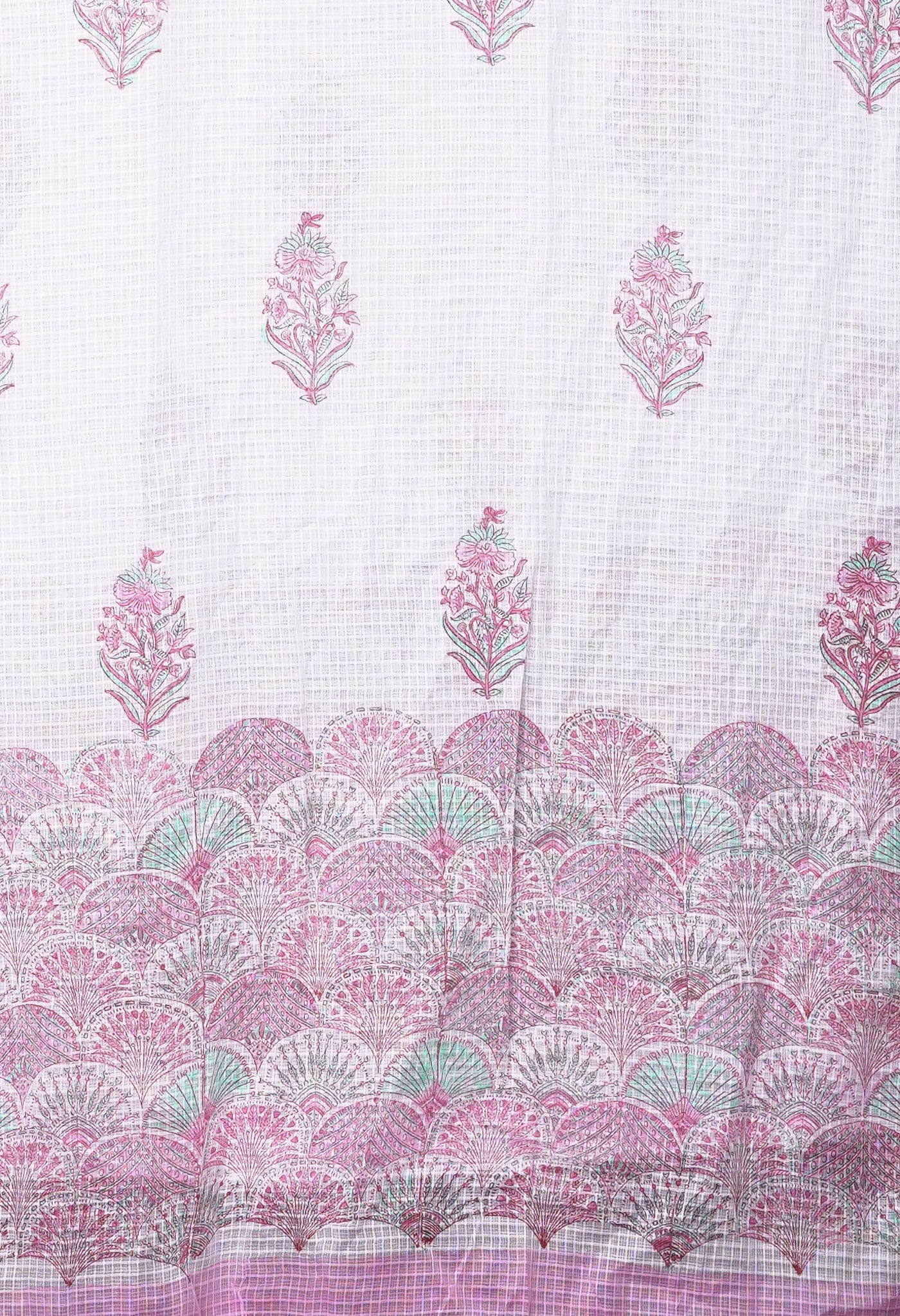
Top tips to store your precious clothes so they last for ages
What are delicate fabrics?
All fragile fabrics like hand knitted or crocheted fabrics and laces could be considered as delicate clothes. You can also include spandex, lycra, thin knits, silk, woolen and nylon fabrics among the delicate fabrics. Then you have the clothes with sequins and embroidery and ribbon work. If you have a feel that the fabric of a particular garment you have is delicate and will be ruined after a regular cycle in the washing machine, trust your instincts; it most probably is.
Shrinkage, tearing of fibers, distortion, fading colours are some of the problems in maintaining delicate clothes. The horrors of seeing a tear or rent or even loose hanging threads after a regular wash cycle in your most expensive dress is something you would not want to face.

How to maintain your delicate clothes?
Certain golden rules!
Washing delicate fabrics too frequently is not good especially if you expect their longevity. If the fabric is not soiled after wearing, it could be hung in the sunshade in a fresh and cool atmosphere, to dry out the sweat. Avoid direct sunlight.
Hanging clothes together is never a great idea. Also hang with proper hangers like padded ones to improve the life of fabrics like delicate shawls, tailored jackets, tailored dresses, suit jackets etc.
Knit wear should be stored folded flat.
Anything loose like a button to sequin, loose seam or stitch should be attended to before putting the fabric to wash, otherwise, the item could come off with a little agitation.

How to launder your delicate clothes?
Actually delicate clothes can be maintained at one’s own home nicely with a little extra care. While it seems to be regularly spoken about, to get the very delicate ones to be dry cleaned, even the clothes which are marked as “Dry clean” on its label can also be washed at home.
Exceptions are extra fine silk, suede, leather, feathers and fur. These need professional methods to clean and maintained in high form with dry cleaning and nothing else. For that matter a too soiled garment could also be taken to the dry cleaners.
Rayon is a fabric that requires a dry clean since it may bleed, shrink, or lose its crispness if washed in a washing machine. Bright prints that seem suspect could bleed and should be dry cleaned for at least the first few washes. Other exceptions are clothes with special insertions like delicate laces, pleats or a particular finish.

Proper preparation before storage
Pins, decorating brooches and such should be removed prior to the wash to avoid rust stains and pin holes.
Segregate good clothes from the soiled ones in the laundry bin. Certain clothes may bleed and should be washed separately. Even their storage should be separate to the extent possible.
Smells inhibit certain fibres. Keeping shoes close to where you hang clothes is a firm No.
Delicate clothing require space to breathe in storage not stuffing. See that they are hung spread apart or if folded and kept few should be kept together at any time.

Clean clothes properly before storage
Store garments which are clean.
A dress with food stains, some dirt (that may not be visible) will damage fibres at some point. There could also be some unseen spots that may not be easily visible. Such clothes that are not going to be worn for some time, should be washed or cleaned at the dry cleaners.
If you are washing the clothes at home yourself, ensure that you have rinsed all the soap residue from the cloth before storing. Soap residue will gradually corrode the fibers.
Remember not to use bleach on any of your delicate clothes, especially on white clothes. Bleach will cause the fabric to yellow over time.
Hand wash your clothes in cold water, the detergent not be harsh, ph balanced and fragrance free. Soaking very delicate clothes repeatedly to replace the agitation you give in usual washing may keep the delicate fibers of your garment intact.
Do you know that you can vaccum your clothes – use the hand vacuum to take out dust particles in clothes which are not suitable to be laundered.
If you have a very delicate fabric the vacuuming may damage it so keep a protective layer / screen over it before attempting vacuuming.
Storage ideas
Ensure that the storage area is dry and clean and well-ventilated. A basement is a bad idea for storing your precious clothes. The basic idea is to avoid a place of humidity and excess sunlight or heat.
Hanging your gown for a long time in storage will take a toll on the fabric. Storing the clothes flat in a cupboard is recommended.
While metal hangers are handy, precious clothes should not hang from metal hangers. Also when placing clothes flat for storage, spread muslin and then place clothes on them. Valuable clothes should not come in contact with metal hangers.
Plastic boxes will sweat so it is not a great idea for storing clothes. They also give out toxic gases which are harmful; Plastic bags are also out of question for long term storage of clothes

Large clean cardboard boxes are a good idea to store the clothes. Make sure that there are large holes in the box for air to circulate. Cardboard boxes could come moth infected. They should be avoided.
Line the box with the acid free lignin free neutral ph tissue paper so that the fabric does not come into direct contact with the cardboard. You can also use washed thin muslin/ mull cloth. Keep the garment and then place the tissue/cloth over it as well.
The dress should be laid out flat without creases. If there are deep creases, after sometime the fibers may crack there. It is a good idea to take it out and change the position of the folds from time to time. This way the creases would not set permanently. Some people roll the garments rather than fold it to avoid the permanent creases
Fabric bags with zips help. In storage. Do not arrange your wardrobe so that the thin delicate clothing are weighed down by heavy clothes on top.

Prevent and stop moth attacks
Make sure that there are no bugs in the cupboard.
Cloth moths and carpet beetles are small insects that eat fabric fibers in the dark corners of wardrobes. They leave holes behind, which are unsightly. They are not easy to spot till you notice your clothes getting holes. But once you have seen the moths, be aggressive in cleaning them out. Use a vacuum cleaner to remove every drop of their trace. Dispose of the vacuum bag without delay or even better burn it.
Keeping moth balls in a sachet inside the wardrobe is a good preventive measure against cloth moths. These naphthalene balls will have to be kept inside a closed wardrobe for it to be effective. Do not let them come in direct contact with the clothes.
- Moth balls are a must but not kept in contact with the cloths kept in the storage area. Keep the naphthalene balls in corners so that the vapours spread all over. Hang the balls from a small sachet on the clothes rod.
- Keeping the moth balls along with a sachet of herbs like orange peels, lavender sprigs will make sure that the horrible smell of moth balls are somewhat lessened. The herb sachet may not be enough to keep the insects away so keeping them along with moth balls offer a better realistic solution than some claim

How to take care of clothes made of different fabrics
| Type of fabric of garment | How to wash | How to dry | How to iron |
| Linen | Some linen maybe washed by machine or hand ; some have to be dry cleaned. Hand washing softens linen | Tumble dry may cause wrinkles | iron when damp to get rid of wrinkles/ cotton or linen settings. Use steam with medium or high heat |
| Cotton | Machine wash cold/ warm / hot; some shrinkage expected | Tumble dry low; take more time to dry | High heat settings ok |
| Nylon | Machine wash in cold water | Tumble dry in low heat settings | Iron in nylon/ low heat settings |
| Polyester | Machine wash in w warm water; heat damages | Tumble dry in low heat settings | Iron in nylon/ low or medium heat settings |
| Spandex / lycra | Hand wash or Machine wash; Do not use chlorine bleach | Drip drying preferred without wringing | Iron in nylon/ low heat settings |
| Wool, Mohair, Cashmere, Camel, Alpaca | Brush surface to remove dirt; wash by hand or dry cleaning | Drip dry or hang dry | Use steam and medium heat settings |
| Silk | Hand wash or dryclean | Do not tumble dry;line dry | Iron in nylon/ low heatsettings; Iron inside-out |
| Fleece | Hand wash or Machine wash | Do not tumble dry; Hang to dry | Iron in nylon/ low heatsettings |
| Rayon | Dry clean preferred ; you can hand wash the fabric ; Do not wring or use bleach | Do not tumble dry ; hang to dry | Iron in low settings from the back of the fabric ie inside-out on low heat |
| Beaded / sequin fabric | Hand wash as machine wash can remove glue of sequins or break the delicate chain stitch | Do not tumble dry - lay flat to dry | Iron in low heat settings from the back |
| Acrylic / Acetate | Machine wash using warm water | Machine dry in low heat setting only | Iron in low heat settings |
Silk Care
There are a whole lot of fabrics in silk that need care. silk scarves, silk dresses, silk slips, silk skirts, silk sarees, silk tops – the list is endless. They have to be safeguarded against brittleness, splits, discoloration, and powdering of the yarns – all nightmares of silk damage.
The beauty of silk garments is all of them say ‘dry clean only’. The manufacturers are playing safe. But think of the dry clean bill we have to pay. But dry-cleaning is not being environment-friendly.
The washing machine is too rough and tough on the gentle fibers of the silk fabric. In fact dry washing too frequently can make the silk go dull. Silk lasts longer if hand washed. It is advised to dry clean the first few times, may be two or three times so that the colors become fast.
Unless the silk fabric is dirty you do not have to wash the silk after every wear. Wear them one or two times more before washing. But if dirty get it clean immediately before it becomes a permanent thing.

When to Dry clean silk ?
Dry cleaning is advised under the following conditions:
- For a tailored silk dress with complicated design elements since hand washing could destroy the appeal of the dress.
- For Garments with complicated construction, lining and trim
- For brightly colored, brilliantly colored, dark colored, and patterned silks
- For silken clothes with different light and dark colours interspersed in the same fabric or a Duppioni silk since hand washing reduces the sheen and somewhat changes the texture
- Crinkled or textured silk, Silk Noil since it shrinks a lot if it has not been prewashed
- Tailored silk suits with shoulder pads or dresses with interfacing to maintain their structure intact
- When there is a dirty spot on the silk fabric from food spilling or grease which looks impossible to remove with mild washing
- Do not twist or wring out silk fabric to take out water after hand washing. When wet silk fibers are very fragile. Gently squeeze the water and hang out to dry. Machine drying silk would be disastrous as wrinkles may set in permanently and weaken the fabric. The heat in the dryer is also disastrous for silk. Best way to is to roll the cloth in a towel to remove the water and then lightly stretch back to place. Hang to dry out in the open where there is mild sunlight. Take the fabric to iron before the fabric is fully dry. If there are heavy design elements in the silk garment, dry on a flat surface. The heavy trims/ designs may cause the area to sag, especially when wet and is heavy.
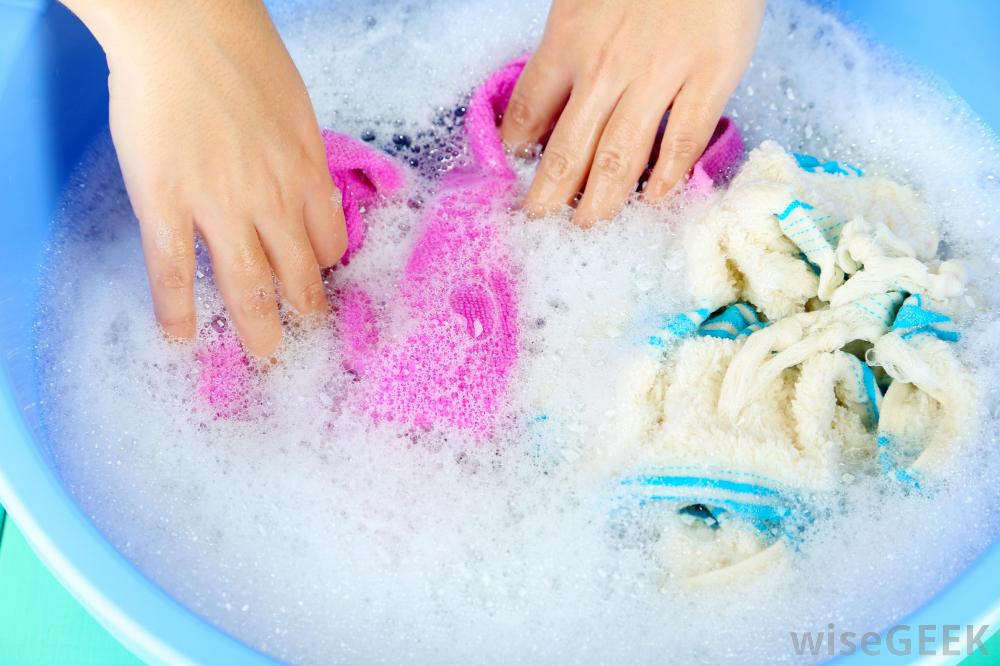
Silk Storage
Do - store silk always in a clean, dry, dark area.
Do store silk clothes in a safe wardrobe away from the moths. Leaving potpourris or moth balls to make the moths stay away is the thing to do. Moth-made holes are a regular threat to silk. But do not keep moth balls near (touching) the silk. Keep it covered or away from direct contact with the fabric
Do store your precious silk garment in tissue paper away from any dampness or water leakages. Do not use newspaper to store silk. You can make bags made in light cotton muslin cloth. This is best for storing silk sarees and gowns
Never store heavily worked silk in plastic covers as it can cause darkening of the work.
Do take out the silk garment, fabric or saree from the wardrobe, open it out and change the fold every once in a while (every 6 months or so). This is necessary because the silk being very delicate may disintegrate on the folded portion, if left alone for long periods.

Silk Care
Do - not ever leave the silk fabric in the sun. The colour will fade fast, That includes exposure to bright lighting and fluorescent lighting as well.
Do not use hairspray or deodorant or perfume containing alcohol on silk. If you are using them, do so before you are dressed in silk. Silk fabric cannot take alcohol. The fibers will disintegrate. You can use an underarm shield to protect the garment from the deodorant
Do spot clean silk fabric if you find any food spillage spot before keeping it in storage. Ants and moths will somehow find your garment and make holes
Do not hang silk on iron hangers. The iron may seep out and damage the silk.
Woolen Care
Woolen general Care
Pure wool is quite easy to maintain. Always brush the wool garment after each and every wear. This will remove small dirt.
Empty all pockets and hang for 1-2 hours to shake out the wrinkles and then store flat. You can also make sure that the garment do not get too much dirty with sweat and body oils by wearing a slip / petticoat between the wool fabric and your body.
A good quality place will clean your woolen clothes with enough steam and appropriate cleaning solutions for keeping premium woolen clothes in excellent condition making it clean and smell good too.
One easy way to take out wrinkles out of woolen clothes is to hang them in a shower area overnight. The humidity in the place will naturally iron out the wool fabric like magic.
Woolen clothes stretch which is bad when storing it. Hanging wool garments inside a cupboard for a long time also will stretch the fabric fibers permanently. The edges of the hangers will distort the shoulder area. Fold and lie flat for storage.
keep small moth balls and nice smelling herbs inside a perforated pouch and keep this near the woolen clothes without the clothes touching it. Exposure to sunlight for a short time can also prevent mildew growth and kill moth larvae. Some have success with storing wool with cedar chips/blocks or the items itself in cedar chests.

Cashmere Care
What is Cashmere ?
Cashmere is a very fine fabric made from fibers obtained from the downy undercoat of goats. It is named after the state of Kashmir in India where it was originally made. Though the process of extracting the fibers and processing it makes this fabric very expensive to produce, this rare and most coveted fabric in the world is prized because of the softness and fine quality. Socks, sweater, wraps, robes, hoodies, scarves, pullovers, hats jumpers, ponchos, gloves are all made with this precious fabric.
The advantage of Cashmere over other wool is that at the same weight it is much more warmer. Some even claim it causes the least irritation to the skin. Not to mention the luxurious look of things made with this fabric.
The thickness of this fabric is mentioned as ply. Spring or summer sweaters are usually 2-ply, while winter sweaters made from cashmere are 6 to 12 ply. The finest of cashmere is known by the name Pashmina.

Wash Cashmere garments after 2-3 times of wear. Machine washing is generally not recommended for cashmere clothes. Hand washing in tepid water is preferred. Do not wring the cashmere clothes or twist it to take out water. If you MUST machine wash, keep it in the laundry bag and put in the gentlest cycle in your machine. If you notice stains, deal with it immediately before washing the garment. Use a stain remover suitable for woolen clothes.
Most cashmere loyalists will never touch detergent on their cashmere clothes. Nothing harsher than baby shampoo would do for washing . You can use a liquid wool detergent also. In the final rinse a spoonful of hair conditioner – with the logic that the hair of the goat will benefit from what we use on our hair. This will make your garment smooth and softer.
Lay flat to dry. Keeping the wet items on a clean towel will absorb extra water. If you hang wet cashmere fabric the fibers will stretch out of shape. Ensure that the garment is smooth when drying. If there are wrinkles when drying they may get set like that even when dry.
If you have a feeling that your cashmere garment has distorted, stretched or shrunk during wash, shape it when it is still wet to your preferred shape. The fibers are very weak and pliable when wet and will dry in the exact shape that you place them when wet.
If your sweater is even slightly wet or has a small sweat moisture, do not store it so. Ensure it is fully dry before storing. When storing cashmere, use mothballs to prevent moth attack. You can wrap the moth balls in sachets so that it does not come in direct contact with clothes. Making sure that your wardrobe is without any moisture is also a good idea. You can prevent moth attacks to an extent by making sure that the sweater does not have any food spills or dirt or perfume smell before storing.
Store cashmere folded flat out rather than hanging it in the wardrobe. Hanging may distort its shape in the long run. Once in a while lay it out in the sun (not direct sunlight and not more than 30 minutes) so that sun’s rays will destroy any moth larvae on the clothes and remove humidity. Sun drying also will prevent foul smell from mildew/ mold

Rayon Care
The fact that Rayon is a fabric made with a semi-synthetic fiber made from cellulose that is very similar to silk – its drape, softness all similar to silk. You may have referred to this fabric with other names like Viscose, Art Silk, Tencel, Cupro, Modal
What are the qualities of Rayon fabric? Does it stretch ?
First, let me start with the bad
- Rayon fades progressively.
- It shrinks progressively.
- The fibers are weaker than cotton or silk, especially when wet.
- It wrinkles fast.
- You cannot use very hot temperature on it.
- It changes shape /dimension with abrasion and washings.
- Colour of the fabric may bleed or run.
- It is susceptible to mildew.
- You may need to dry clean it to maintain its original look. Washing with over abrasion may even lose its softness and drapeablility
- It does not breathe as much as other natural fabrics and you may sweat a lot in it.
- It is slightly inflammable ( more so than natural fibers)
- It does not have natural elasticity and do not stretch to accommodate wearing ease
Look at the seams of a new rayon dress I bought. Agreed it is not a top quality rayon clothing – still I bought it with love . I cannot imagine this one lasting many washings.
- Viscose Rayon is soft, absorbent and non-static
- It is lustrous and has a beautiful sheen and looks vibrant
- You can dye it very easily.
- You can bleach it as well ( with care) or provide a number of finishes.
- It is a relatively inexpensive fabric.
- It drapes beautifully and is one of the most preferred wedding dress materials
- It is heavier than silk.
- It blends well with other fibers. When Rayon is blended with other fibers like polyester, wool, linen, georgette it takes on many of the qualities of those fibers
- Rayon can be made stretchy by blending it with Lycra.
Linen Care
The more you wash Linen the softer it becomes. The shine on its surface also seems to improve after washing. With the sizing gone, it starts to breathe and become more comfortable to wear. After many washes linen becomes immune to wrinkles as well.
Never use Chlorine bleach products on your linen fabric . If you see mildew marks on your linen fabric, soak them in a solution of diluted Hydrogen Peroxide. Other stains can be dealt with by simply soaking them in a diluted solution of detergent for 30 – 45 minutes prior to wash. If it is not helping take it to the drycleaners.
No harsh scrubbing or use of harsh stain removers on Linen like you would on cotton.

Always read and follow the label on the garment.
- If you are washing in the washing machine always choose the mildest (delicate ) cycle.
- Use a Liquid detergent which is diluted or even shampoo diluted to wash linen. Harsh detergents can cause white spots on coloured linen fabric. Well diluted mild soap powder is ok as well
- Wash linen with similar fabric in the machine without overcrowding.
- Cold water or mild warm water is enough to clean linen fabric. Ensure that you are washing linen in soft water. Hard water can cause white spots on coloured linen fabric. You can use as oftening agent in the water to reduce hardness
- Use hair conditioner in the final rinse. This is an excellent solution to make the fabric soft – Infact this can be tried for all natural fibers like silk. Fabric conditioner also work the same way.
- Ensure that you have rinsed all the soap out of the fabric. If Soap remains in the fabric it may cause white spots or yellowing.
- Do not wring linen fabric to take out water after hand washing. A small squeeze on the side walls of the buckets will have to do.
- If you have a white linen cloth which is starting to yellow you can use a little bluing in the final rinse water which is diluted well to bring back the white colour.
- Dry the linen garment by laying them flat on a terry towel or hang on a clothing line. Never leave in the machine long after the washing and drying is over
- Never fold and store Linen clothes. They should be hung preferably in an airy clean space
Polyester garments
- Polyester garments – it is so easy to maintain clothes made of polyester. If I hang the polyester shirt as soon as it is washed no need to even iron it. And no colour bleeding or much fading; nor does it tear easily; not to mention – non-attackable by insects and molds. And then there is the question of shrinkage! No, it does not shrink.
- There are many other disadvantages to polyester and polyester blend fabrics –
like how it just would not lie flat when pressed because of its permanent press quality.
It is difficult to sew at times – the needle plate simply sucks the thin fabric in and the needle snags threads on the fabric surface.
Then if you are a person who sweats a lot, you are in trouble in a polyester clothing. It simply refuses to breathe.
- Polyester retains oil stains – you may find it difficult to wash away, if you have made food stains or other oily stains on it
- When compared to cotton it is see through; then there is the pilling. This is fabric is a lint magnet like other synthetic fabrics.
- Another problem I have seen with Polyester is that it looks worse with age. It could melt if you accidentally set your iron heat a little higher. If you leave the polyester garment in the dryer a little longer than necessary, the wrinkles will set almost permanently.
- Polyester does not shrink under normal circumstances. It is made of synthetic fibers and hence resists shrinkage which is in direct contrast to all other natural fibers like cotton and linen. Polyester clothes do not shrink in the wash; at least if you treat it as it should be – that is, wash it in cold water. Wash Polyester in normal cycle in the washing machine or by hand in cold water or mild warm water with mild detergent;inside out.
- Dry as normal. If you can skip the dryer altogether well and good, just hang to dry. The fabric dries fast enough, without all the wrinkles after being cooped up in the dryer. Heat can cause shrinkage and hardness to this fabric as well as colour Anyways why should you use heat on polyester when cold water washing does a good job. One precaution you should take when washing Polyester clothes is never to wash it with other heavily dirty soiled or greasy clothes – polyester fibers absorb these stains/ dirt like anything and you will find your new relatively fresh cloth come out muddy, with a dirty colour to it. You should also not leave polyester clothes soaked in washing solution for a long period of time.

- Take polyester clothes out of the dryer as soon as possible to avoid wrinkles. You can even skip the ironing by hanging the polyester clothes immediately after drying in the open or best in the shower area. (The dampness there will straighten out the wrinkles). You can steam press to remove wrinkles.
- If you want to iron polyester clothes do use the mildest setting and use a press cloth ( to avoid shine and also direct contact with iron plate). I use the Nylon setting in the iron – if you have a polyester setting do use that. Too much heat and the fabric will melt or harden.
- Snagging of fibers is a pet peeve of mine with polyester clothes – So I am always careful to zip up the zipper pulls and hook all hooks back before putting in the wash .
- There are some circumstances when you want the polyester fabric to shrink – like you have a dress which you like but it is a little big and you wish that it will shrink to fit.
- It is difficult for the fabric to shrink but you can try. If you want to shrink polyester, you have to apply heat. By bringing the fabric into contact with hot water you can shrink the fibers of polyester to a degree. A pressing with a moderately hot iron (not too hot and also use pressing cloth) can follow this for greater shrinkage.

